What exactly defines “Dancing Songs”? It’s a valid question. In a broad sense, any piece of music that inspires movement could be considered a dancing song. Think about it – even The Beatles or Slayer have tracks that could get someone moving. Hip-hop and reggae are almost universally danceable. However, for a song to be included in a curated list of the greatest dancing songs, it needs to be more than just rhythmically engaging. It needs to be part of “dance music culture.” This is a more specific, yet vast world, spanning nearly fifty years and constantly evolving.
Our exploration of dancing songs, after acknowledging James Brown as a foundational figure, begins in the mid-1970s with the rise of disco. From there, we trace its evolution through the early 1980s club scenes, encompassing electro and Latin freestyle. Dance music experienced a powerful resurgence as disco was reimagined into house music in Chicago and techno in Detroit. This rebirth sparked rapid mutations during the 1990s rave era, giving rise to genres from jungle and trance to gabba and garage. Ultimately, this evolution led to the EDM and dubstep explosions of the 2000s. While these genres have had their moments in the mainstream spotlight, they never truly disappear. Drum ‘n’ bass, for example, is currently experiencing a resurgence, and house music continues to evolve with new tracks emerging regularly.
This list is not exhaustive in its attempt to capture every nuance within this vast ocean of subgenres. Instead, we focused on tracks that possess a timeless quality, songs that feel universally significant within dance music culture. We paid particular attention to moments where dance music intersected with broader musical landscapes, such as synth-pop, hip-hop, funk, Miami bass, R&B, indie-rock, Latin music, and mainstream pop. This intersection is why you’ll find artists like Prince, Robyn, Britney Spears, Shakira, and Justin Bieber alongside pioneers like Adonis, Frankie Knuckles, Moodymann, Goldie, and SOPHIE.
If you’re curious about the journey that led to a musical landscape where artists like Drake and Beyoncé are releasing house records, this collection of dancing songs tells that story—or at least, our interpretation of it.
Donna Summer, ‘Last Dance’ (1979)
Image Credit: Redferns
The film Thank God It’s Friday, while essentially a promotional piece for disco label Casablanca Records, signaled a potential overreach for both the label and the disco genre. Despite the film’s shortcomings, “Last Dance” stands on its own merit, rightfully earning an Oscar for Best Original Song. Beginning at a ballad-like pace, it gradually builds into a captivating and energetic disco anthem. The unsung hero here is Casablanca’s producer Bob Esty, who conceived of the song’s transformative tempo shift.
Fatboy Slim, ‘The Rockafeller Skank’ (1998)
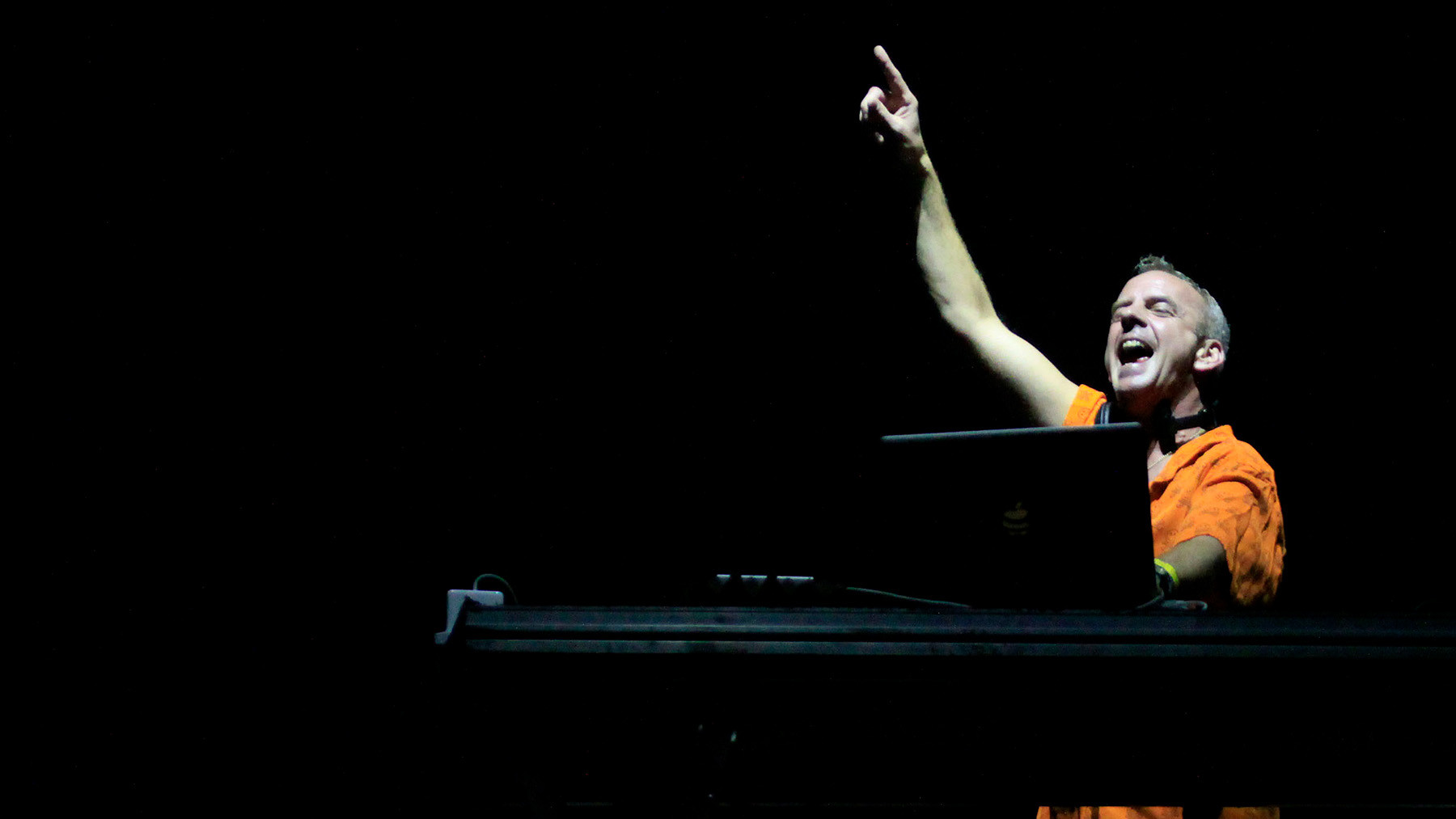 British DJ Fatboy Slim performs a concert at the Pop Music Festival, held at the parking lot of the Federation of Industries of Rio Grande do Sul, in northern Porto Alegre, southern Brazil, on March 15, 2011. Photo: WESLEY SANTOS/AE/AE (Agencia Estado via AP Images)
British DJ Fatboy Slim performs a concert at the Pop Music Festival, held at the parking lot of the Federation of Industries of Rio Grande do Sul, in northern Porto Alegre, southern Brazil, on March 15, 2011. Photo: WESLEY SANTOS/AE/AE (Agencia Estado via AP Images)
Image Credit: AP
Producer-DJ Norman Cook, known as Fatboy Slim, humorously recalled the initial reaction to his biggest hit, “The Rockafeller Skank”: “The first time it ever got played was at the Boutique in Brighton. I put it on and everybody just looked up, mouthing, ‘This is you, isn’t it?’” Cook’s signature formula of breakbeats combined with guitar riffs was at its peak efficiency in “Skank.” Featuring a surf-rock guitar riff and a vocal sample from Lord Finesse (“Right about now, the funk soul brother/Check it out now, the funk soul brother”), the track quickly became ubiquitous. Cook noted the jokes about “Frat-Boy Slim,” suggesting “Rockafeller Skank” became an anthem for a more beer-drinking, party-oriented mentality. This track is a quintessential dancing song for high-energy crowds.
Mescalinum United, ‘We Have Arrived’ (1991)
Techno has its heavy metal counterpart in “gabber,” a Dutch word meaning “buddy.” The Netherlands is indeed the heartland of this hardcore music genre. However, gabber’s defining figure is Marc Acardipane, who has recorded under approximately 90 aliases. His groundbreaking track, “We Have Arrived,” credited to Mescalinum United, remains intensely powerful. Built upon relentless drums and piercing air-raid siren sounds, it laid the foundation for the gabber sound. At Brooklyn raves, where DJ Lenny Dee, whose label released the track in America, played it, crowds would enthusiastically mosh to its aggressive energy. This is a dancing song for those who like it hard and fast.
Oliver Heldens, ‘Melody’ (2016)
 Oliver Heldens
Oliver Heldens
By the mid-2010s, even DJs headlining major festivals were tiring of the predictable build-and-drop formula that had become dominant in dance music. Oliver Heldens’ “Melody” signaled a significant shift. The Dutch producer, only 18 at the time of release, crafted a track with dramatic string swells and an uplifting piano melody, showcasing a more refined, classic dance music sensibility. Yet, the bass still retained a powerful, stomping energy. “Melody” exemplified a move towards more sophisticated and melodically rich dancing songs.
Kerri Chandler, ‘Rain’ (1998)
New Jersey house producer Kerri Chandler’s deeply soulful tracks have made him a touchstone for a generation of producers and DJs. Chandler himself explained, “I never considered myself a singer. I feel I’m more of a vocalist. I write my life’s story and let it out through the music.” Perhaps “monologist” is an even more fitting description. In “Rain,” Chandler’s heartfelt plea, with each line punctuated by the title word, teeters on the verge of sadness, yet the music is more playful than mournful, especially the whimsical xylophone solo. This dancing song blends emotional depth with an irresistible groove.
Detroit Grand Pubahs, ‘Sandwiches’ (2000)
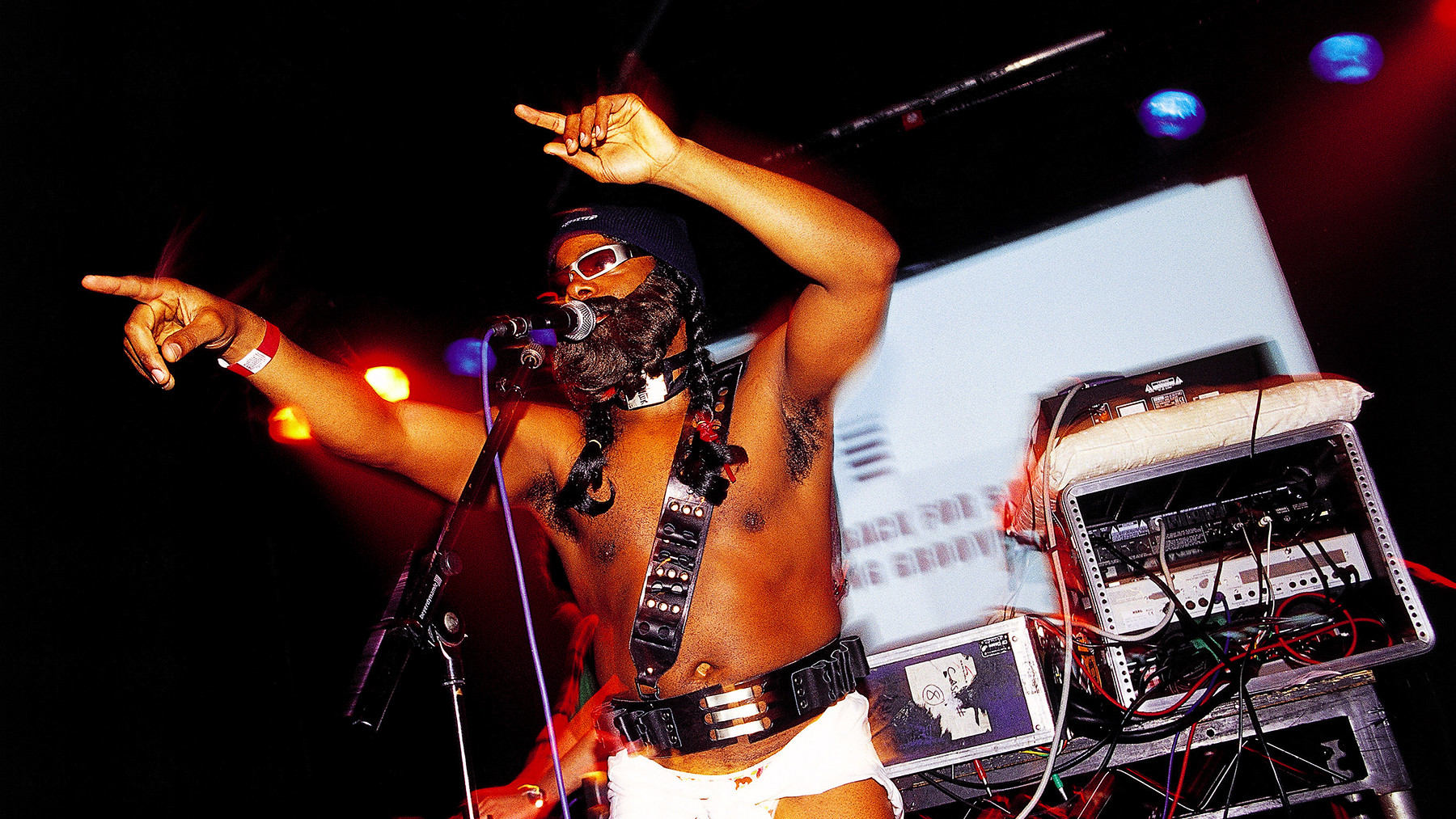 LONDON, ENGLAND – 2002: Mack Goudy Jr, aka Paris the Black Fu, of Detroit Grand Pubahs performs live at the ICA, circa 2002 in London, England. (Photo by Jim Dyson/Getty Images)
LONDON, ENGLAND – 2002: Mack Goudy Jr, aka Paris the Black Fu, of Detroit Grand Pubahs performs live at the ICA, circa 2002 in London, England. (Photo by Jim Dyson/Getty Images)
Image Credit: Jim Dyson/Getty Images
Andy Toth and Mack Goudy—a.k.a. Dr. Toefinger Paris the Black Fu—of Detroit Grand Pubahs, first connected while working at a restaurant in Royal Oak, Michigan. Toth recounted, “We both liked whiskey and working on music.” One night, Toth created a dynamic electro track, and Paris spontaneously grabbed the microphone. “I said ‘What you got?’ He said, ‘Don’t worry about it. Just turn the mic on.’” Within minutes, Paris improvised suggestive lyrics about a dance floor encounter. This resulted in “Sandwiches,” a defining moment in Detroit’s electro revival at the turn of the century and an instant club hit worldwide. It’s a cheeky and unforgettable dancing song.
Black Box, ‘Everybody Everybody’ (1990)
Sometimes, iconic records emerge from ethically questionable circumstances. “Everybody Everybody” is one such example. Martha Wash of the Weather Girls was hired in 1989 to record demos for Italian house producers Groove Groove Melody. She was told these were for other singers. Instead, the tracks were released under the name Black Box, using Wash’s uncredited vocals. Adding insult to injury, a model was hired to lip-sync Wash’s vocals in music videos. Wash successfully sued. (She also sued C+C Music Factory for similar practices.) Daniele Davoli of Black Box later expressed remorse, stating in 2013, “We didn’t know any better at the time. I guess we had to learn from our mistakes.” Despite its controversial origins, “Everybody Everybody” became a massive hit, a quintessential 90s dancing song.
Big Freedia, ‘Azz Everywhere’ (2010)
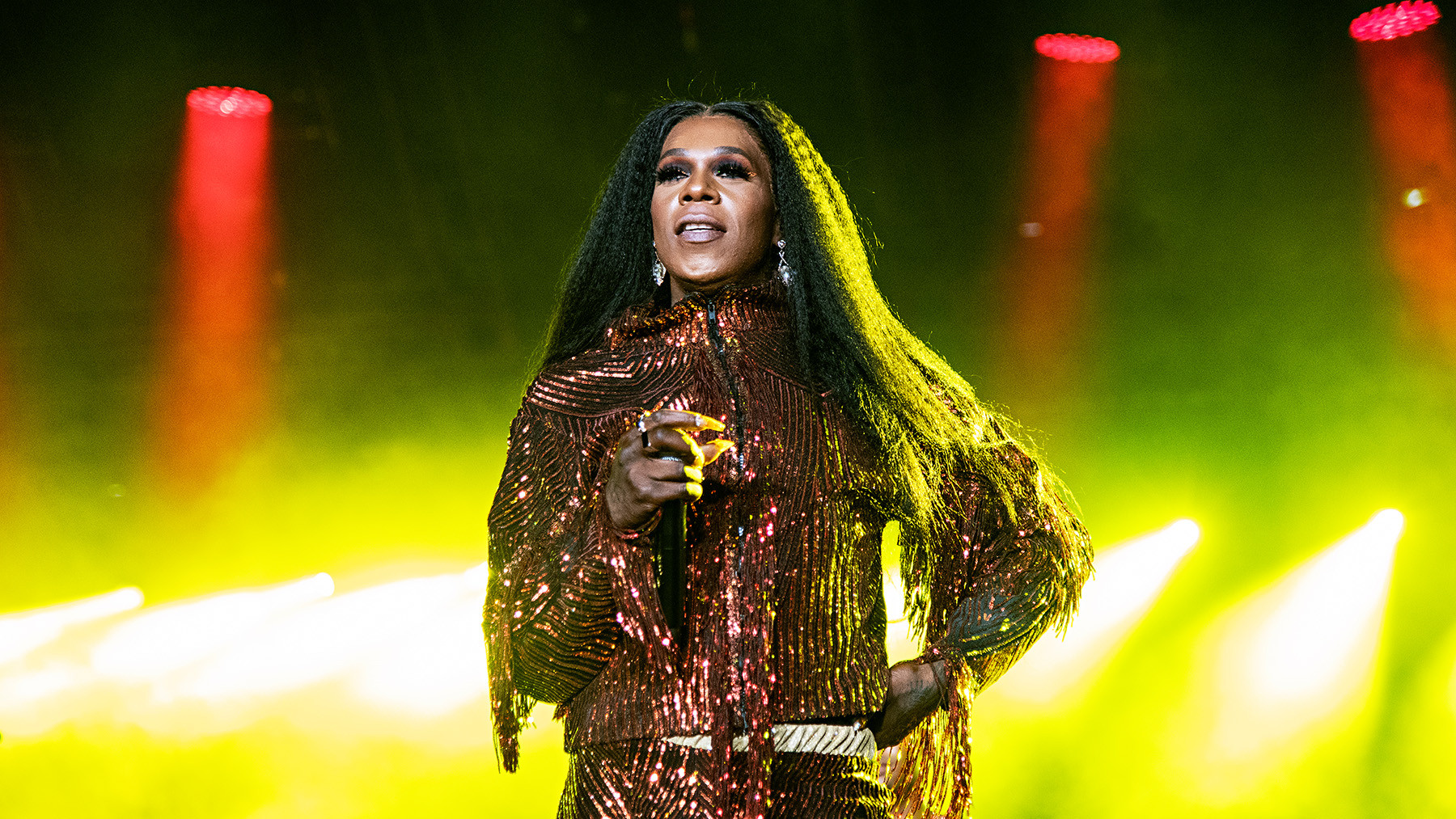 Big Freedia performs at the 2019 Essence Festival at the Mercedes-Benz Superdome, Sunday, July 7, 2019, in New Orleans. (Photo by Amy Harris/Invision/AP)
Big Freedia performs at the 2019 Essence Festival at the Mercedes-Benz Superdome, Sunday, July 7, 2019, in New Orleans. (Photo by Amy Harris/Invision/AP)
Image Credit: Amy Harris/Invision/AP
Big Freedia described her mission in 2011: “I’ve run across half the globe now, spreading the goodness of bounce and trying to get people everywhere onto what’s been around for two decades,” referring to New Orleans bounce music – a fast-paced, energetic club sound that is the origin of twerking. “Azz Everywhere” was the track that brought bounce music to a wider audience. A chaotic mix of snares, samples, and the repeated title phrase, it’s a high-energy explosion. “We hold classes on the road sometimes at performing venues and different colleges to teach about the history of bounce music,” Freedia explained. “We describe it as an uptempo, heavy bass, holler-response music. And it definitely has a lot to do with azz shaking!” This is the ultimate dancing song for unleashing energy and movement.
Joy Orbison, ‘Hyph Mngo’ (2009)
In the late 2000s, dubstep producers were pushing boundaries, leading to a wave of experimental tracks. Joy Orbison’s debut, “Hyph Mngo,” became the defining dubstep track of 2009, capturing the scene at its peak. The bassline and synthesized sounds are smooth and gliding, but the ricocheting snare and fragmented vocal samples—a woman’s voice alternating between “Ooh!” and “I do”—give it an unexpectedly emotional quality, propelling it into the mainstream. “Hyph Mngo” is a surprisingly emotive and influential dancing song within the dubstep genre.
ESG, ‘Moody’ (1981)
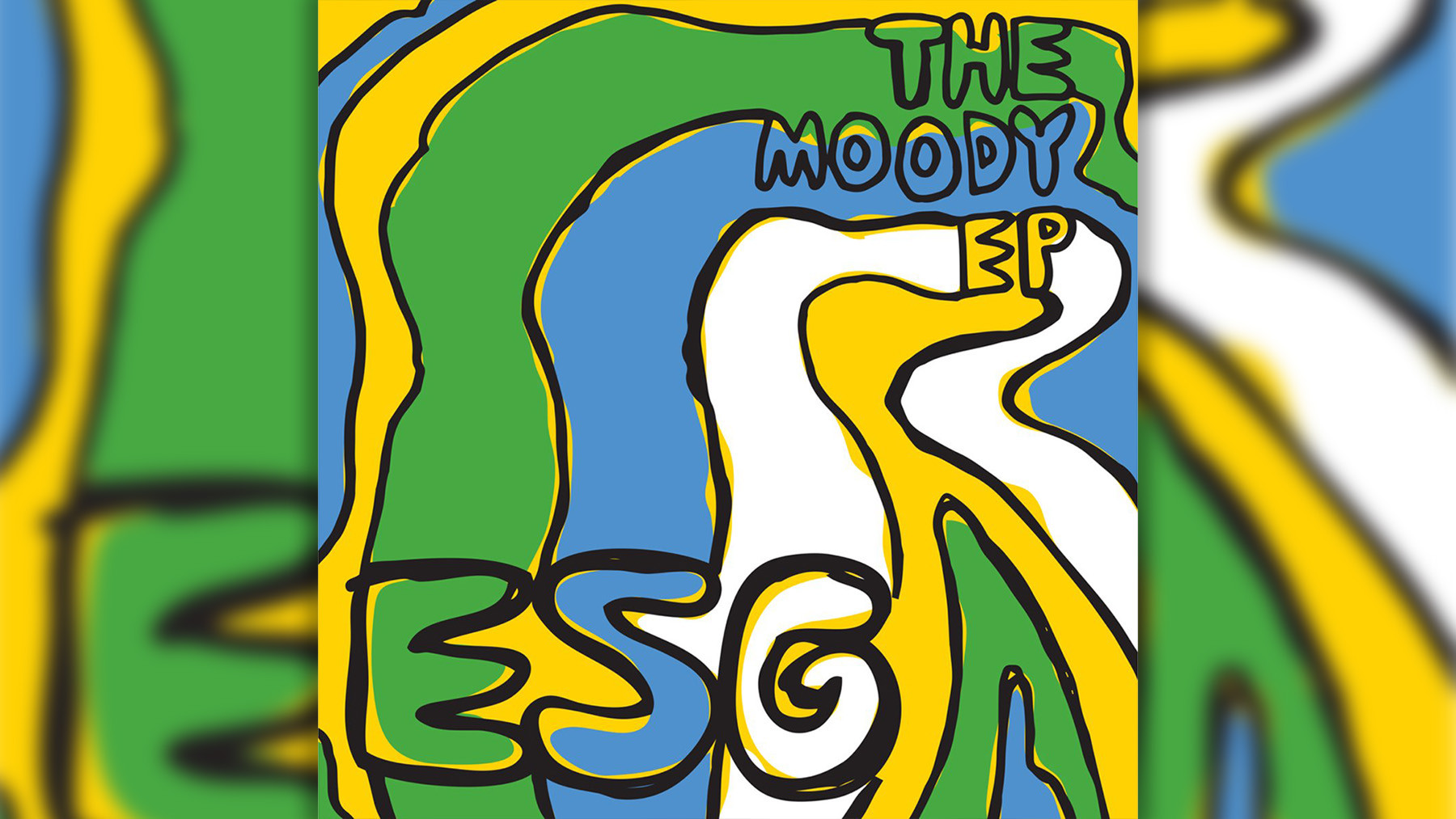 ESG Moody
ESG Moody
The Scroggins sisters from the South Bronx made a lasting impact on New York dance music with their band ESG, formed in the late 1970s. While rooted in funk and disco, their minimalist sound and emphasis on percussion appealed to post-punk and no-wave club scenes, especially after collaborating with Joy Division producer Martin Hannett for their debut EP. “Moody,” the EP’s centerpiece, remains futuristic. It’s a seductive blend of bass, bongo drums, and Renee Scroggins’ distant vocals piercing through the rhythmic textures. “Moody” is a cool and minimalist dancing song that transcends genres.
La Roux, ‘In for the Kill (Skream’s Let’s Get Ravey Remix)’ (2009)
Image Credit: Jim Ross/Invision/AP
Artists don’t always embrace remixes of their songs. However, La Roux’s Elly Jackson praised Skream’s remix of “In for the Kill,” claiming it not only captured the essence of her synth-pop single but also “regave birth to the real meaning and atmosphere of the song as we wrote it.” Skream stripped away the original’s upbeat rhythm and Kanye West’s guest rap, creating a tense atmosphere with flattened synths before unleashing drum-and-bass breaks. Jackson remarked, “What he did with the song is what we would have done if we’d been brave enough. We wanted to make a pop record and that just isn’t a pop thing, what he did to it.” Skream’s remix transformed “In for the Kill” into a powerful and unexpected dancing song.
Double 99, ‘RIP Groove’ (1997)
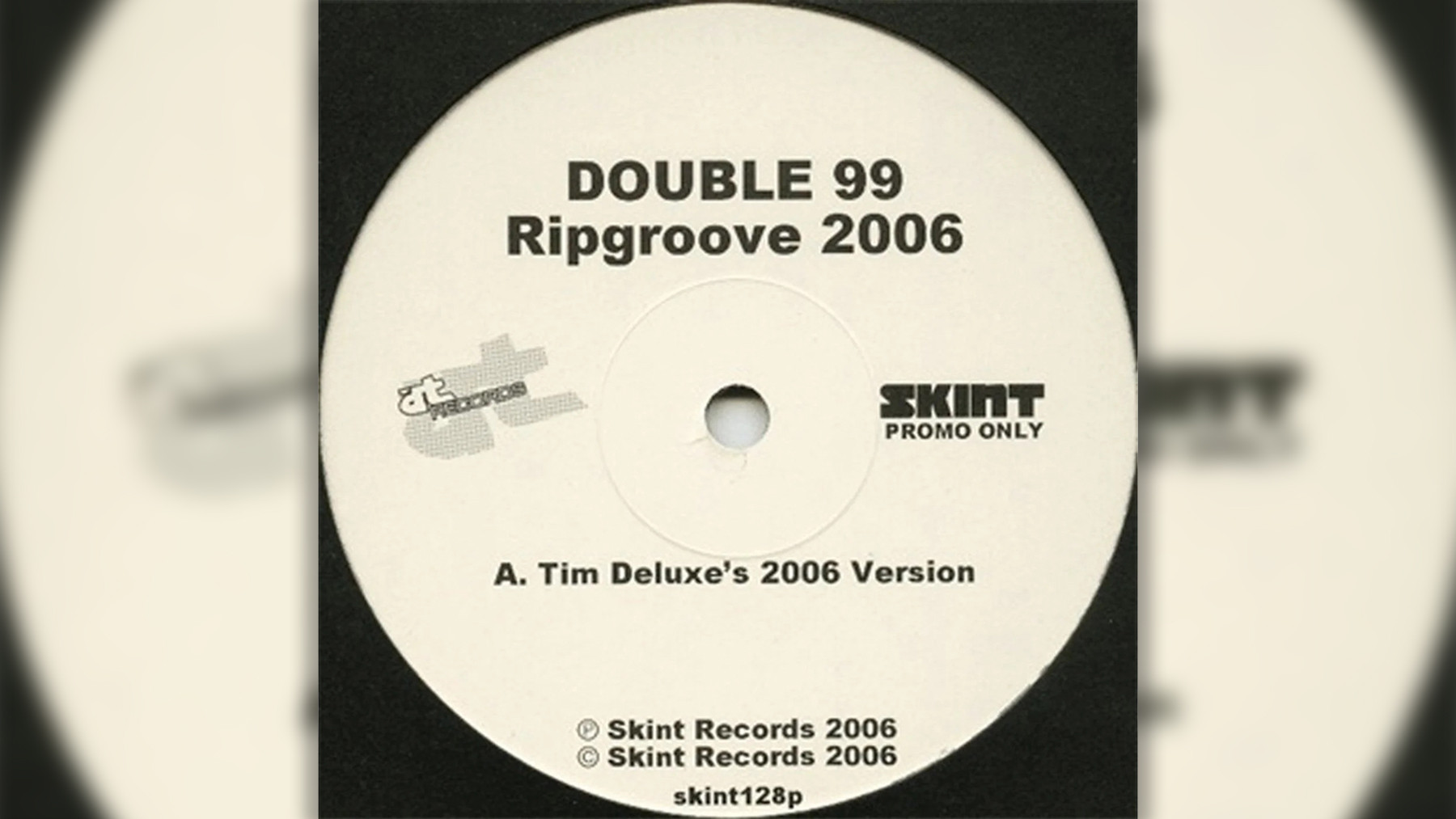 Double 99
Double 99
London producers Tim Deluxe and DJ Omar, previously known as RIP, rebranded as Double 99 to commemorate a “double-pack vinyl EP,” according to Omar. Due to time constraints, they created track names and artwork before the music was even finished. “RIP Groove,” a tribute to their former name, was cleverly constructed from samples of Armand Van Helden’s remix of CJ Bolland’s “Sugar Is Sweeter,” Kenny Dope, and singer Tina Moore. It took only three hours to produce and became a massive hit in 1997, pushing UK garage (then called “speed garage”) into the pop mainstream and announcing a fresh sound. “RIP Groove” is a pivotal dancing song in the evolution of UK garage.
Snap!, ‘The Power’ (1990)
“The Power” is a quintessential example of dance music’s global nature. Two German producers sampled American rapper Chill Rob G and R&B vocalist Jocelyn Brown to create a club hit. Major label Arista picked it up and rerecorded it with Turbo B, an American G.I. stationed in Germany. Chill Rob G then re-recorded his own version as Power Jam feat. Chill Rob G. Both versions became club hits, but Snap!’s “The Power” became a Europop blueprint. Michael Muenzing of Snap! explained in 1994, “Now you have 50 or 60 groups singing this way—rapping, singing the chorus, and going back to the rap.” “The Power” is an iconic and influential dancing song that defined an era.
DJ Frosty feat. Fatman Scoop, DJ Webstar, Young B. & Smooth, ‘Ride That Wave (Remix)’ (2010)
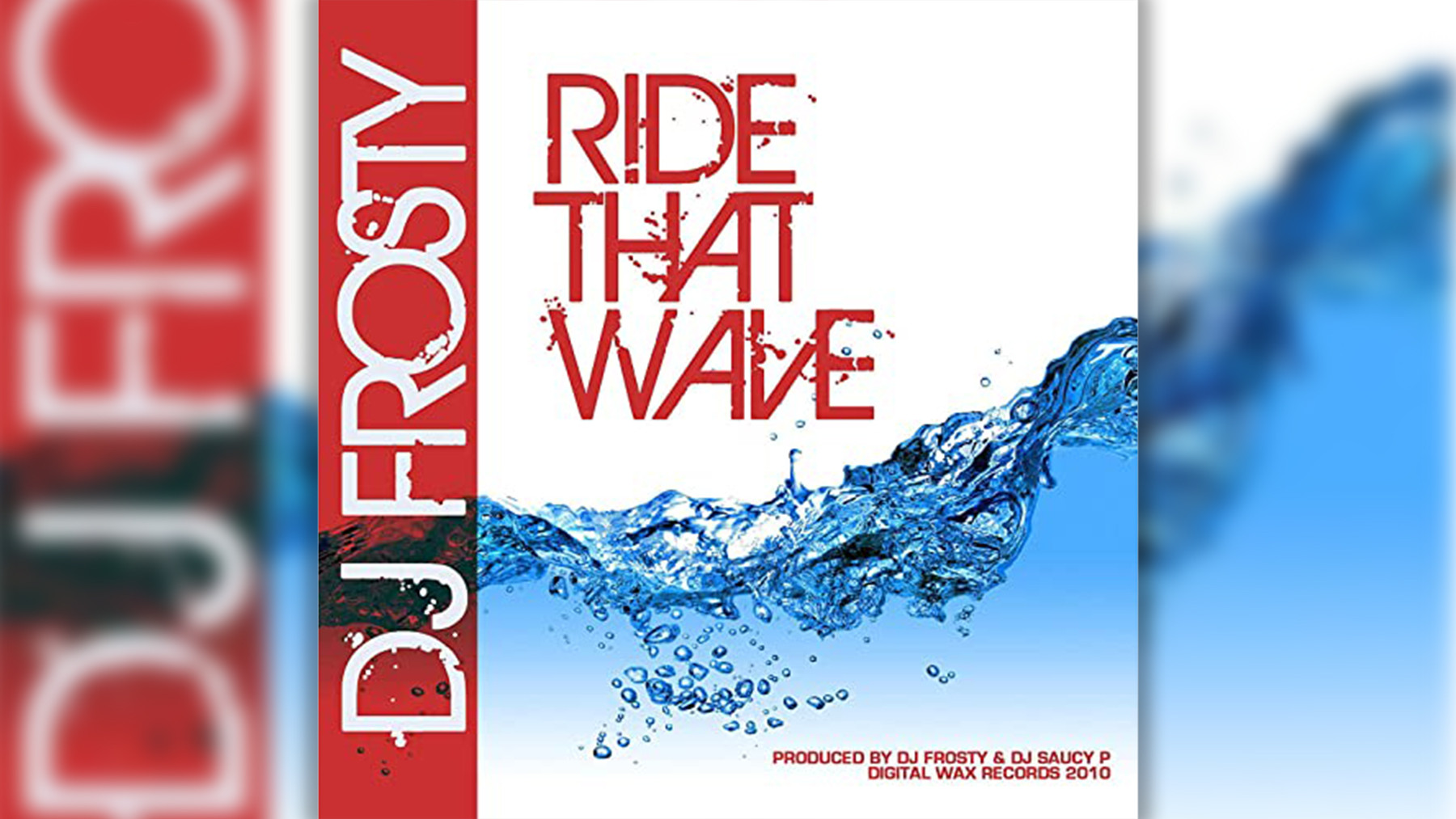 DJ Frosty
DJ Frosty
Jersey club, originating in Newark, New Jersey (originally Brick City club), is characterized by syncopated rhythms, clipped vocal samples, and an energetic, yet non-violent feel, reminiscent of hip-house in a blender. DJ Frosty’s “Ride That Wave” perfectly embodies this style. This chant-along track became popular as Jersey club began gaining international attention from EDM producers, eventually influencing tracks like Drake’s Honestly, Nevermind. The remix featured artists like Fatman Scoop, known for his 90s hip-hop cut-ups. “Ride That Wave (Remix)” is a vibrant and catchy dancing song showcasing the energy of Jersey club.
Todd Terje, “Inspector Norse” (2012)
Image Credit: Future via Getty Images
Norwegian nu-disco producer Todd Terje didn’t anticipate the success of “Inspector Norse.” Created entirely with sounds from a vintage ARP synthesizer for his It’s the Arps EP, he expected it to be a DJ-friendly track. “I thought it was going to go well with the DJs, as I’d tried it out and it had a danceable beat, but I never thought I’d hear people singing along to the melodies,” Terje said. However, the track’s infectious melody proved irresistible. “It really helped me as a DJ in terms of popularity,” he acknowledged. “Inspector Norse” is a surprisingly popular and melodic dancing song.
The Rapture, ‘House of Jealous Lovers’ (2002)
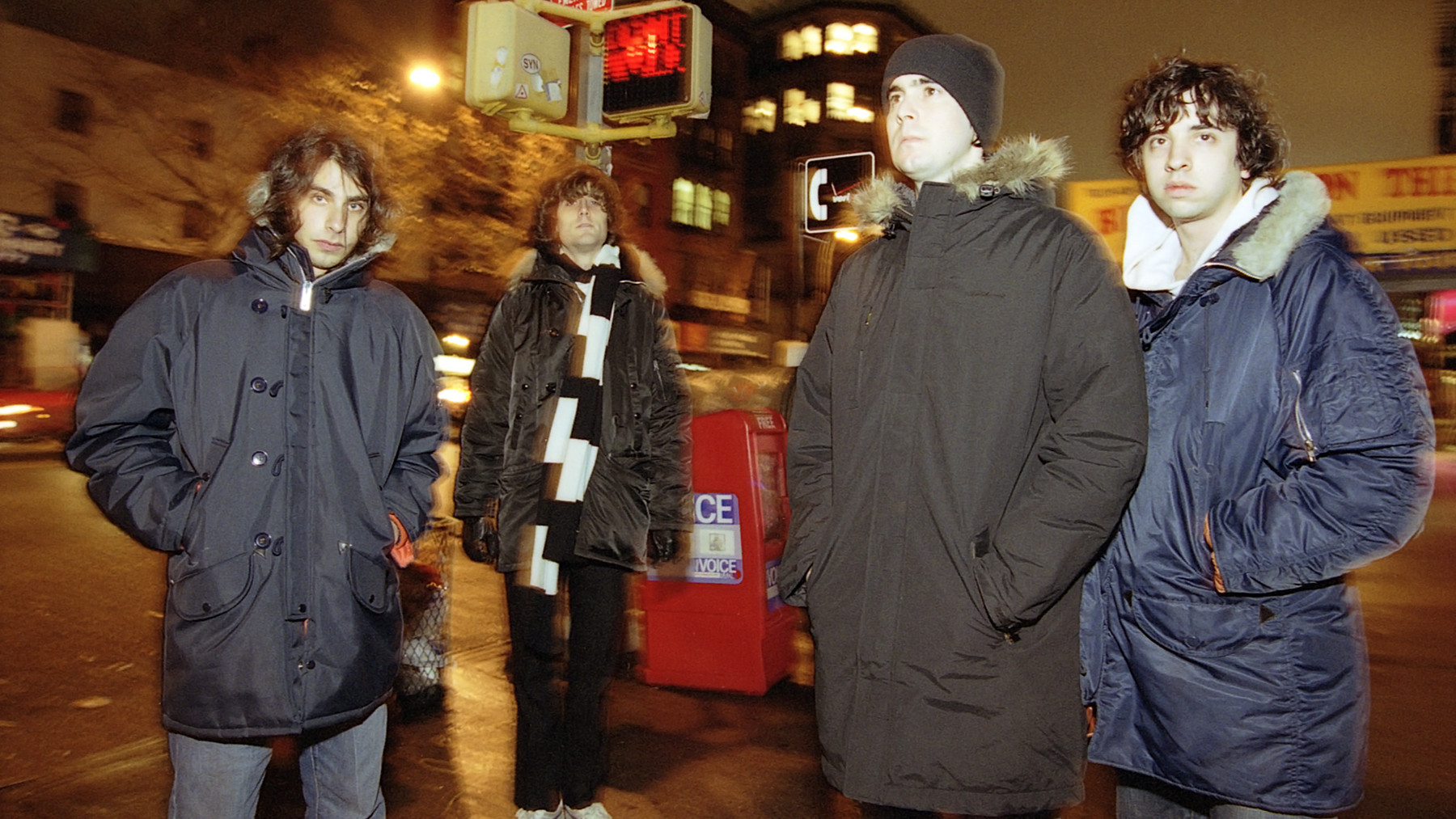 The Rapture – UNITED STATES – DECEMBER 14: Photo of RAPTURE; The Rapture on The Bowery New York City, December 14 2002 (Photo by David Corio/Redferns)
The Rapture – UNITED STATES – DECEMBER 14: Photo of RAPTURE; The Rapture on The Bowery New York City, December 14 2002 (Photo by David Corio/Redferns)
Image Credit: Redferns
“Most people now have no memory of how absolutely sacrilegious it was at the time,” DFA founder James Murphy, co-producer of “House of Jealous Lovers,” told Spin. “We wanted to make a rock track that could compete with dance music. We obsessed over it.” The Rapture’s debut single combined Gang of Four-esque guitar riffs and a manic vocal performance with a powerful beat, designed to be irresistible to dance DJs. It succeeded. The song became the pinnacle of the early 2000s “dance-punk” movement, influencing countless New York bands and transforming indie bars into dance venues. “House of Jealous Lovers” is a groundbreaking dancing song that bridged rock and dance music.
TNGHT, ‘Higher Ground’ (2012)
Image Credit: Getty Images
Hudson Mohawke described TNGHT’s 2012 EP, created with Lunice, as “our take on big American rap beats, with a little bit of cheekiness to it.” The five-song EP propelled both artists into the EDM spotlight with its energetic, dance-focused trap sound. “Higher Ground,” a grand and detailed track, became particularly influential. Within a year, Kanye West enlisted TNGHT to produce “Blood on the Leaves” for Yeezus. “Higher Ground” is a monumental dancing song that shaped the sound of trap music.
Roni Size and Reprazent, ‘Brown Paper Bag’ (1997)
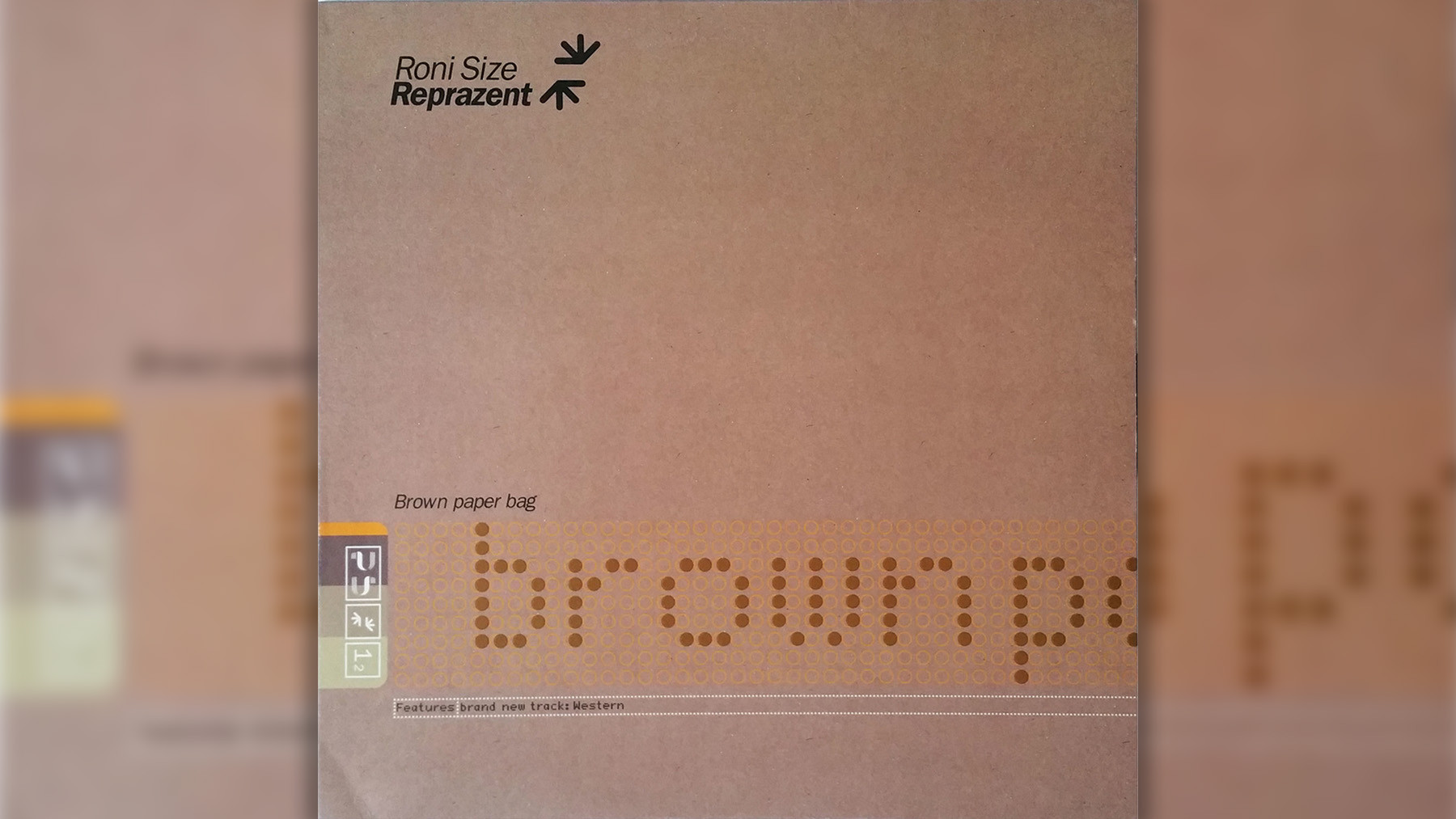 Roni Size Reprazent Brown Paper Bag
Roni Size Reprazent Brown Paper Bag
In the late 1990s, drum and bass was diversifying, sometimes losing touch with its dancehall and hip-hop origins. Roni Size and Reprazent, from Bristol, England, created drum and bass that felt both innovative and connected to its roots. They fused fast-paced beats with warm, organic jazz-funk elements. Roni Size noted, “It’s funny how ‘Brown Paper Bag’ split people,” referring to their biggest track from the 1997 album New Forms. “They heard the jazz, how it sounded different from everything else, and they saw this other audience that loved it.” “Brown Paper Bag” is a sophisticated and genre-bending dancing song.
Soul II Soul, ‘Back to Life (However Do You Want Me)’ (1989)
Led by DJ-producer Jazzie B and co-producer Nellee Hooper, Soul II Soul began as a London sound system specializing in reggae and soul. When they started recording in the late 1980s, their smooth grooves blended both genres seamlessly. Initially, their tracks were intended for Soul II Soul’s own parties. Jazzie B explained, “It was literally for our sound [system] at the beginning. We weren’t really interested in what anybody else was doing.” However, the world became interested in them. “Back to Life” topped the Billboard R&B chart and reached the Top Five on the Hot 100, becoming a crossover success. “Back to Life” is a soulful and iconic dancing song.
Felix da Housecat, ‘Silver Screen Shower Scene’ (2001)
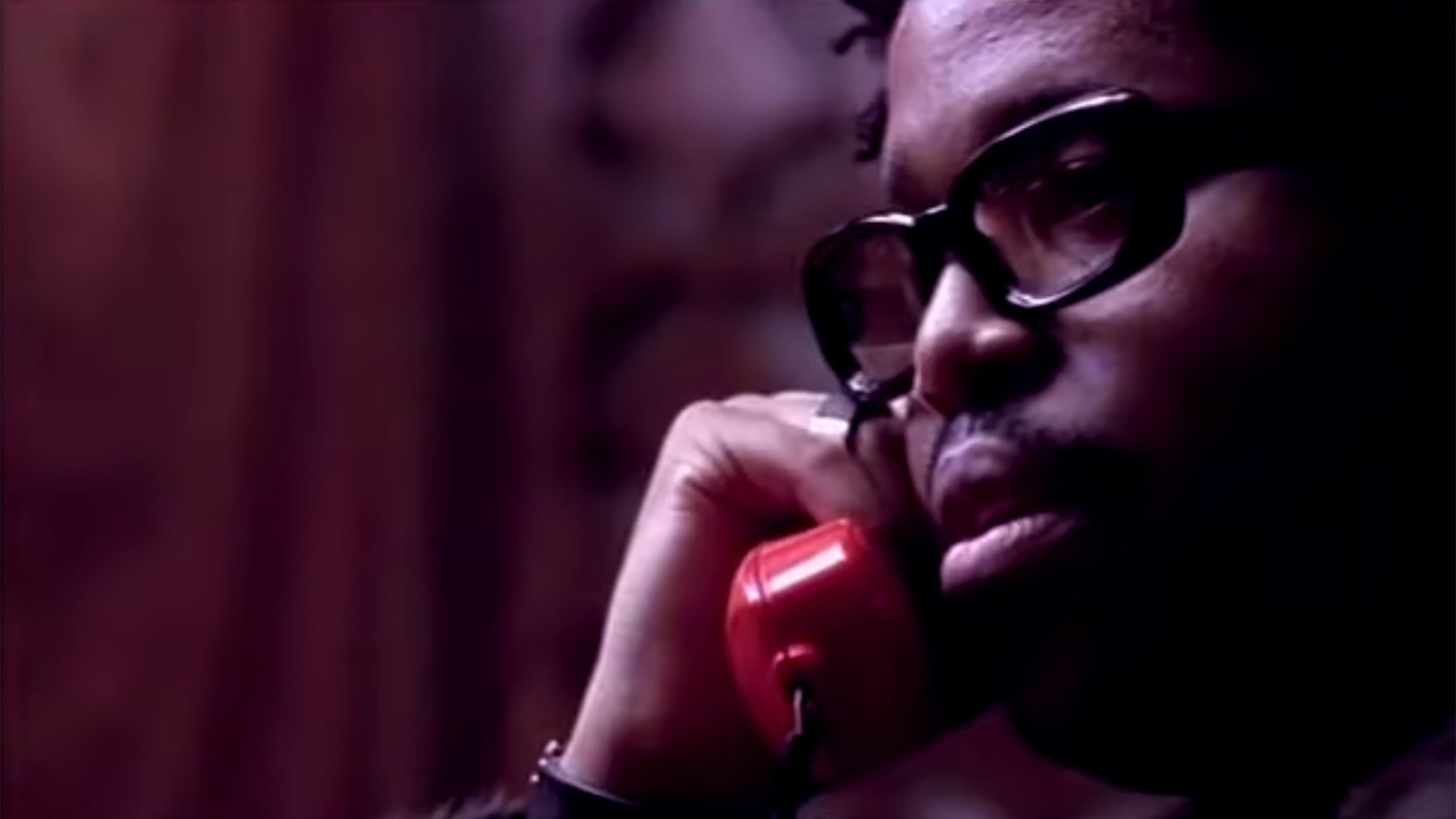 Felix Da Housecat
Felix Da Housecat
Felix Stallings Jr., known as Felix da Housecat, is a Chicago house veteran. He co-created the acid house classic “Fantasy Girl” with DJ Pierre in 1987 as Pierre’s Pfantasy Club while still in high school. His career went global with the 2000 album Kittenz and Thee Glitz. He collaborated with artists like Junior Sanchez, Tommie Sunshine, Miss Kittin, and Melistar for a concept album about celebrity and artifice. “Silver Screen Shower Scene” became an instant anthem, its lyrics and music seemingly defining the electroclash era. Jacques Lu Cont’s “Thin White Duke Remix” further amplified its popularity among DJs. “Silver Screen Shower Scene” is a stylish and era-defining dancing song.
Dntel feat. Ben Gibbard, “(This Is) The Dream of Evan and Chan (Superpitcher Kompakt Remix)” (2001)
In 2000, Death Cab for Cutie’s Ben Gibbard had “a weird dream… involving [Lemonheads frontman] Evan Dando and Chan Marshall,” a.k.a. Cat Power. He turned it into a song, collaborating with Dntel (Jimmy Tamborello) before their Postal Service project. Dntel set Gibbard’s vocals to energetic beats and synths, but the Superpitcher remix, from the German label Kompakt, added hazy synth layers and echoing bells, capturing the dreamlike atmosphere hinted at in the lyrics. “(This Is) The Dream of Evan and Chan (Superpitcher Kompakt Remix)” is a dreamy and atmospheric dancing song.
Patrick Cowley feat. Sylvester, ‘Do Ya Wanna Funk?’ (1982)
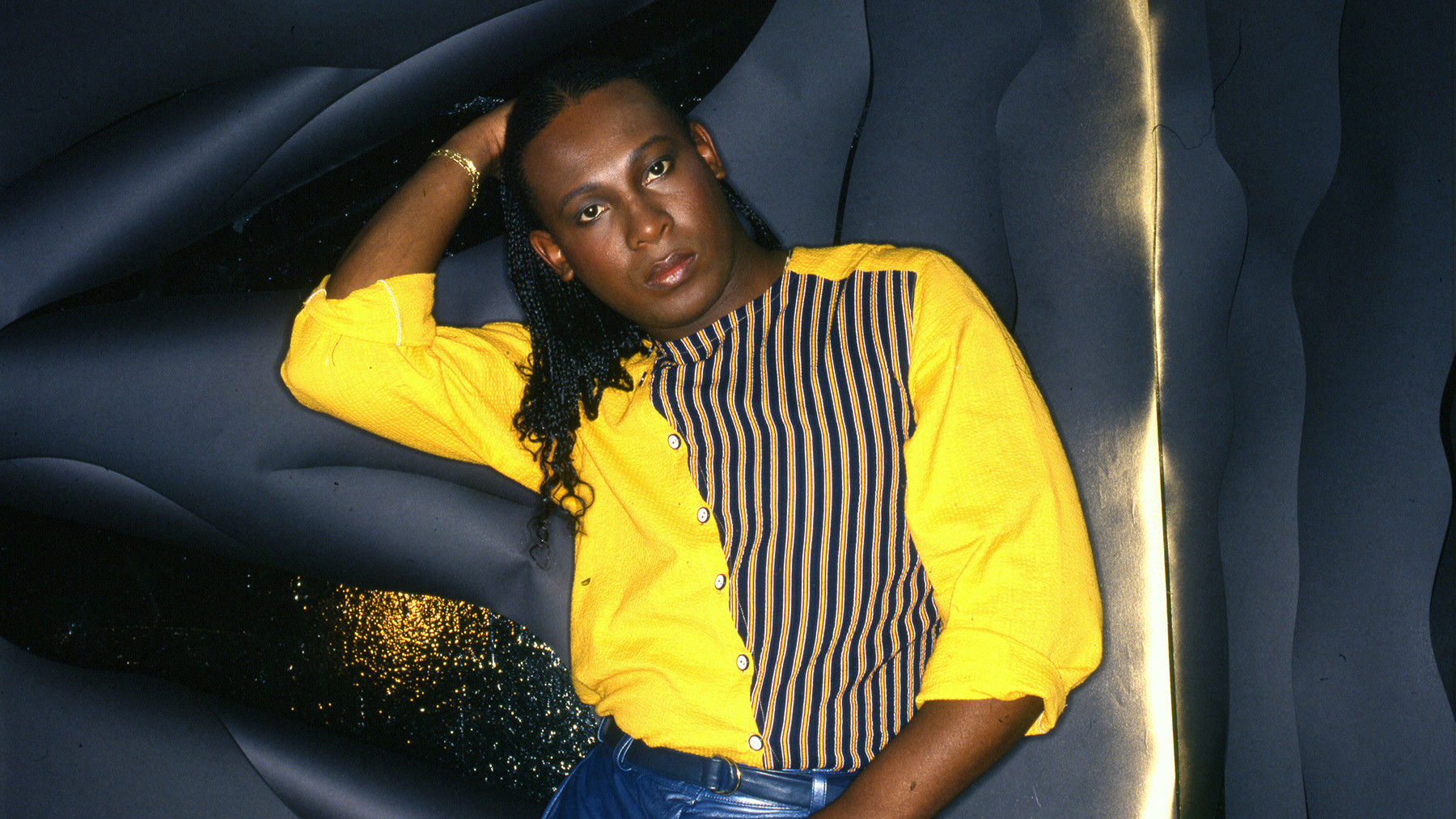 Portrait of Sylvester James (1947 – 1988), American disco singer better known as Sylvester, circa 1980. (Photo by Anthony Barboza/Getty Images)
Portrait of Sylvester James (1947 – 1988), American disco singer better known as Sylvester, circa 1980. (Photo by Anthony Barboza/Getty Images)
Image Credit: Getty Images
Patrick Cowley was a synth pioneer who became a key innovator of Hi-NRG, a gay club staple. His work with Sylvester and his extended remix of Donna Summer’s “I Feel Love” are legendary. Cowley fell ill in November 1981 and passed away a year later at 32, shortly after AIDS was officially recognized. During his final months, he continued creating music, including “Do Ya Wanna Funk?” This track, with its soaring synth riffs and Sylvester’s stratospheric falsetto, remains a landmark. It also famously soundtracked a party scene in the film Trading Places. “Do Ya Wanna Funk?” is a high-energy and iconic dancing song from a pioneering artist.
Funkadelic, ‘One Nation Under a Groove’ (1978)
Image Credit: Redferns
“One Nation Under a Groove,” a funk track famously led by a banjo, reached the top of the R&B singles chart for six weeks in 1978. George Clinton assigned the song to the guitar-heavy Funkadelic, rather than the horn-driven Parliament, to give it more weight. “Parliament is smashing,” he explained. “But Funkadelic is the movement.” “One Nation Under a Groove” is a powerful and unifying dancing song, representing the funk movement.
Evelyn Thomas, ‘High Energy’ (1984)
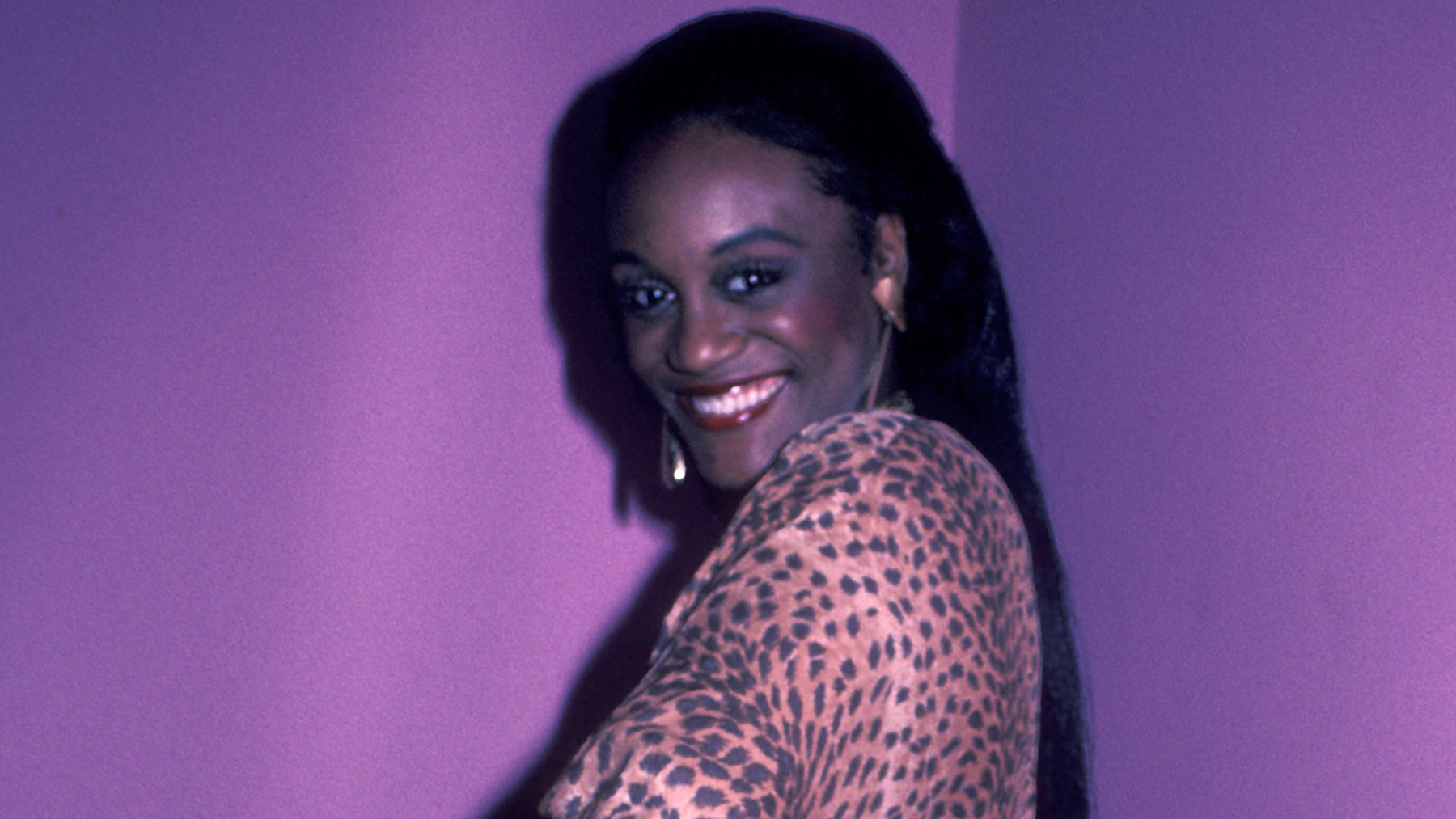 NEW YORK CITY – SEPTEMBER 30: Evelyn Thomas sighted on September 30, 1984 at the Limelight Disco in New York City. (Photo by Ron Galella/Ron Galella Collection via Getty Images)
NEW YORK CITY – SEPTEMBER 30: Evelyn Thomas sighted on September 30, 1984 at the Limelight Disco in New York City. (Photo by Ron Galella/Ron Galella Collection via Getty Images)
Image Credit: Ron Galella Collection via Getty
Released in April 1984, “High Energy” gave the Hi-NRG genre its name. However, it wasn’t the first of its kind, even for its creators. Chicago singer Evelyn Thomas was signed by Manchester producer Ian Levine in the mid-1970s. Levine, a Northern Soul DJ, transitioned to disco, incorporating synths. Smash Hits described Levine as straddling “both gay disco and old Motown—the two main Hi-NRG ingredients.” “High Energy,” brash, cheerful, and irresistibly cheesy, reached the UK Top Five and remains a dance floor classic, as demonstrated by The Blessed Madonna in her Bunker Podcast. “High Energy” is a quintessential Hi-NRG dancing song, full of energy and fun.
Daft Punk feat. Pharrell Williams and Nile Rodgers, ‘Get Lucky’ (2013)
When Pharrell Williams met Daft Punk at a Madonna party, he expressed his desire to collaborate, even offering to “play a tambourine.” When they met in Paris, Williams wanted to emulate Nile Rodgers, and Daft Punk played him a track they had created with Rodgers. Williams recorded his smooth vocals during that session. “You don’t need MDMA for this music, because it’s so incredibly vivid,” he enthused. “Get Lucky” is an incredibly vibrant and feel-good dancing song.
Mat Zo and Porter Robinson, ‘Easy’ (2013)
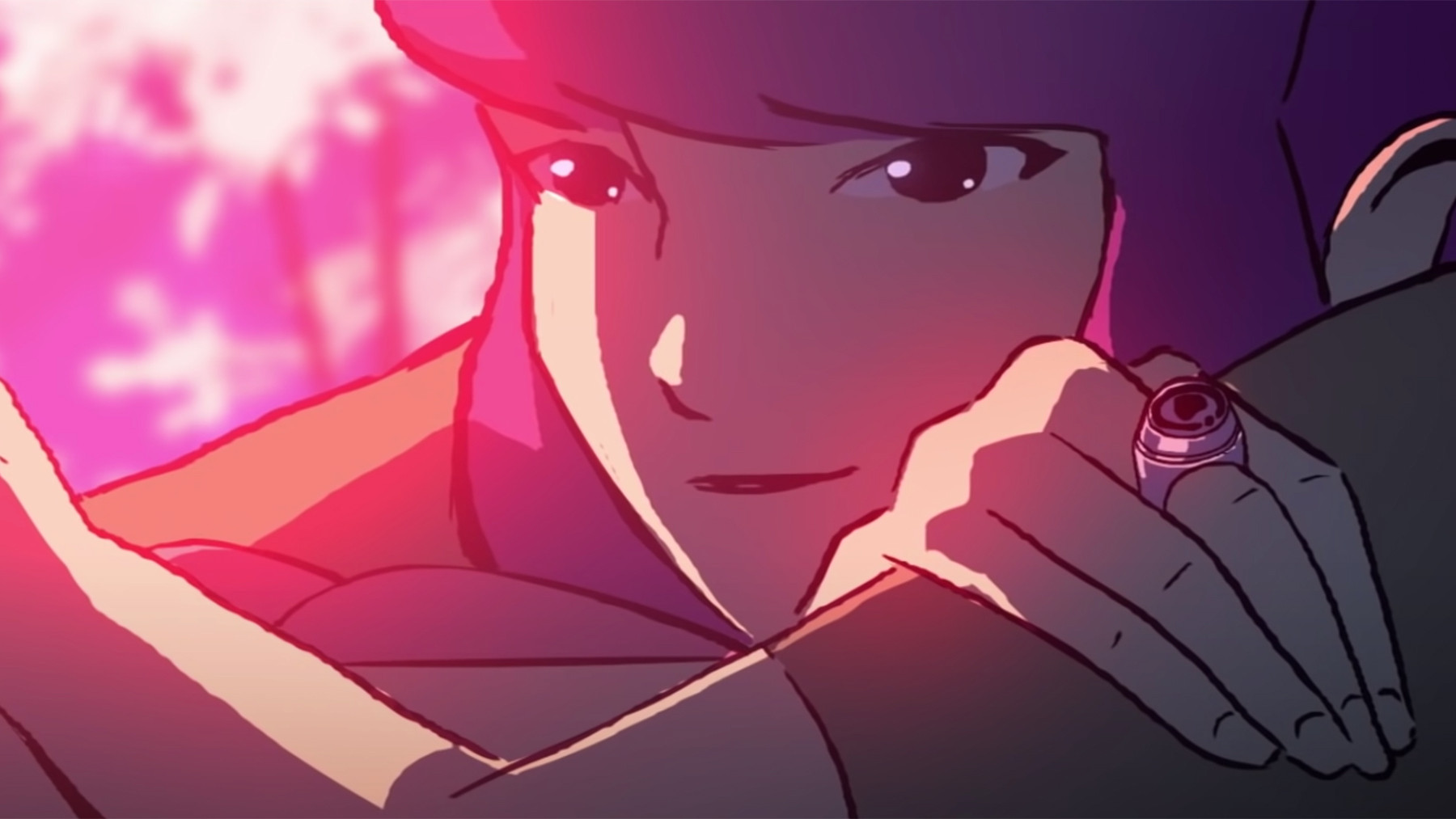 Porter Robinson – Matt Zo – Easy
Porter Robinson – Matt Zo – Easy
Porter Robinson described “Easy,” his collaboration with Mat Zo, as “an homage to Daft Punk’s Discovery.” “It takes the disco chords of all of the early French stuff and gives it a louder, more trance-inspired feel.” It’s a masterful update, both sparkling and classic. The central synth line evokes both a Theremin and a Moog, and the sampled vocal from Colourblind’s “Nothing Better” adds emotional depth often lacking in stadium EDM of that era. “Easy” is a glittering and emotionally resonant dancing song.
Justice vs. Simian, “We Are Your Friends” (2006)
Image Credit: FilmMagic
In 2003, Parisian musicians Gaspard Augé and Xavier de Rosnay (Justice) entered a remix contest for Simian’s “Never Be Alone.” Due to limited equipment, they only sampled the chorus vocal. The result was a jarring, powerful track that bridged electroclash and EDM. Retitled “We Are Your Friends,” it became a hit in 2006 and launched Justice’s career. It also inspired Simian to transform into the dance act Simian Mobile Disco. “We Are Your Friends” is a transformative dancing song that launched careers and genres.
Martin Garrix, ‘Animals’ (2013)
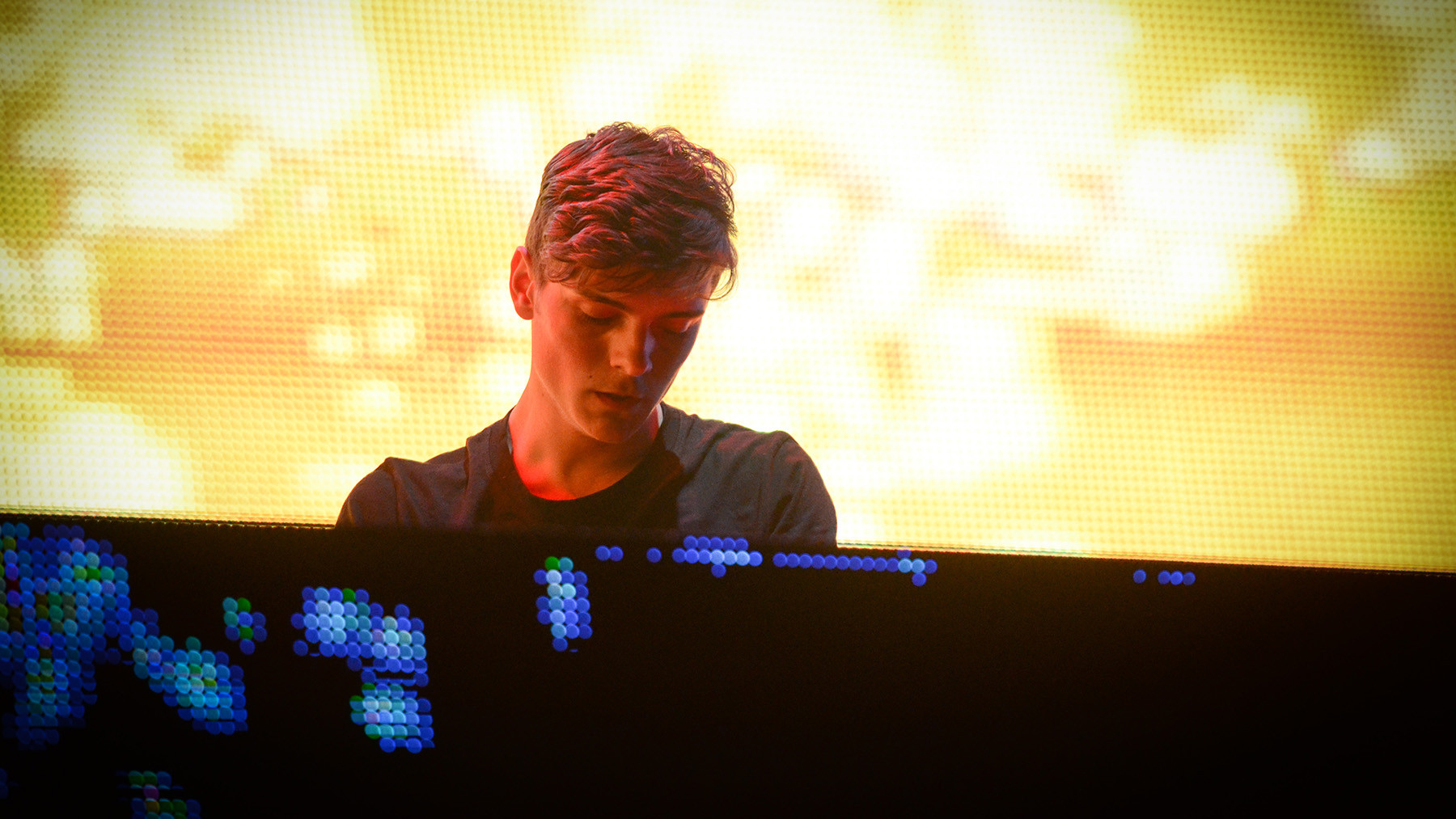 Martin Garrix performs on day one of the Coachella Music and Arts Festival on Friday, April 11, 2014, in Indio, Calif. (Photo by Scott Roth/Invision/AP)
Martin Garrix performs on day one of the Coachella Music and Arts Festival on Friday, April 11, 2014, in Indio, Calif. (Photo by Scott Roth/Invision/AP)
Image Credit: Scott Roth/Invision/AP
Dance music often thrives on youthful energy, and the early 2010s EDM boom exemplified this. Martin Garrix’s “Animals,” built around a catchy synth riff, became an instant global hit when the Dutch producer was only 18. Its popularity led to skepticism. Garrix addressed this by doing livestreams and production tutorials to prove his production skills. “Animals” is a massively popular and energetic dancing song from a young prodigy.
Debbie Deb, ‘Lookout Weekend’ (1984)
Miami production pioneer Pretty Tony claimed to have coined the term “freestyle music.” His airy, energetic tracks bridged the gap between KC and the Sunshine Band and 2 Live Crew. “Lookout Weekend,” his second single with Debbie Weshoff Lopez, was freestyle at its peak. Like its predecessor, “When I Hear Music,” “Lookout Weekend” went triple platinum, prompting Tony to buy “two Porsches.” “Lookout Weekend” is a classic freestyle dancing song, full of Miami energy.
Tate Kobang, ‘Bank Rolls’ (2015)
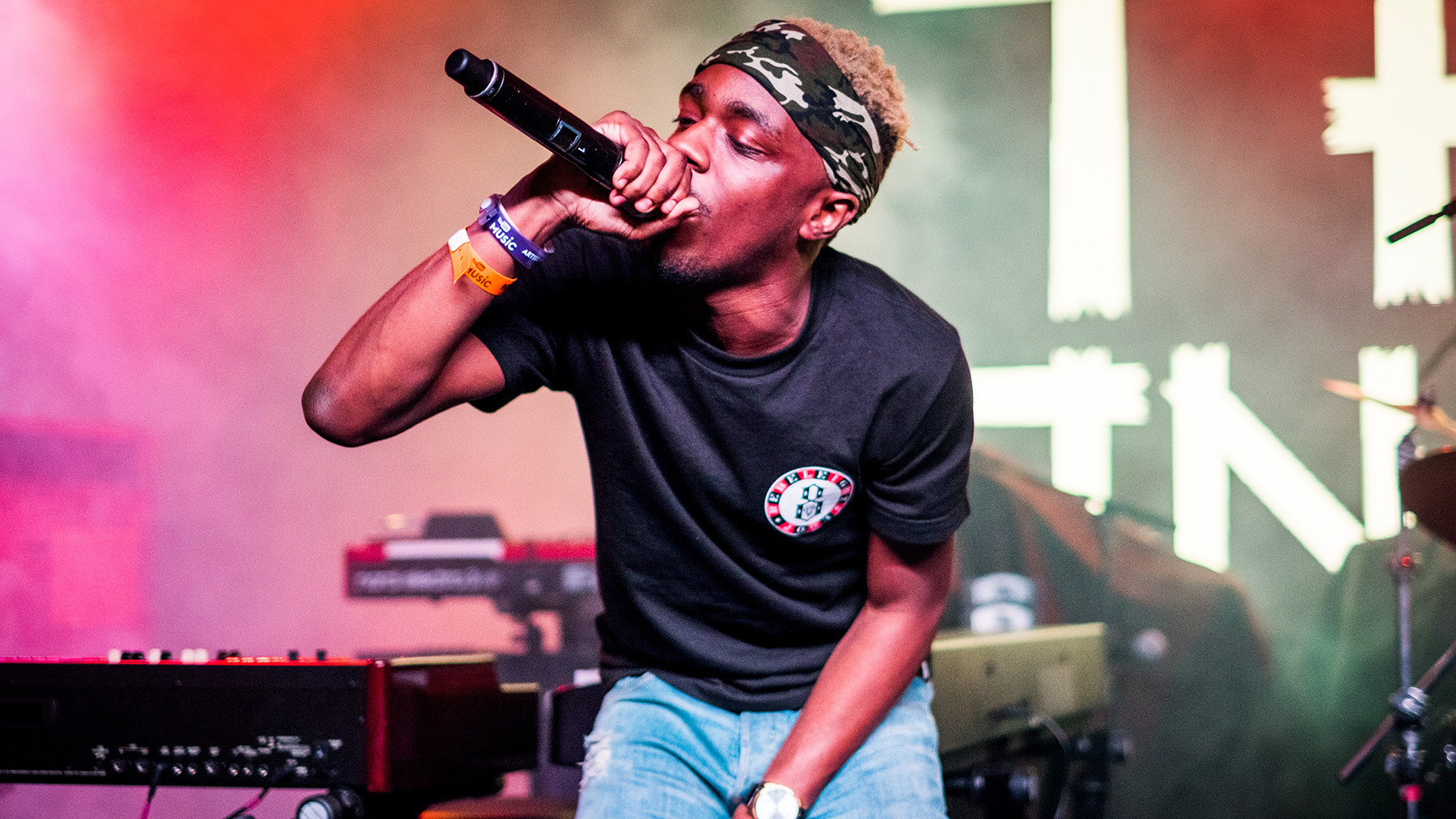 Tate Kobang – AUSTIN, TX – MARCH 17: Tate Kobang performs onstage at the Youtube Music Showcase on March 17, 2016 in Austin, Texas. (Photo by Thomas M Jackson/Redferns)
Tate Kobang – AUSTIN, TX – MARCH 17: Tate Kobang performs onstage at the Youtube Music Showcase on March 17, 2016 in Austin, Texas. (Photo by Thomas M Jackson/Redferns)
Image Credit: Redferns
Tate Kobang’s remix of Tim Trees’ Baltimore club track “Bank Roll” is a modern tribute to Baltimore club music and its energy. Kobang shouts out K-Swift, the influential DJ who popularized Baltimore club music before her passing in 2008. “She was just one of those bodies in our culture that was like, ‘She ain’t never going anywhere,’” Kobang said. “Bank Rolls (Remix)” introduced a new audience to the Baltimore sound, just like K-Swift’s work. “Bank Rolls (Remix)” is a modern and energetic dancing song that pays homage to Baltimore club.
Soft Cell, ‘Tainted Love/Where Did Our Love Go?’ (1981)
Image Credit: Redferns
Marc Almond of Soft Cell explained that he and David Ball combined their love for Northern soul, 60s music, and 12-inch records into one track. Their synth-pop version of Gloria Jones’ “Tainted Love” was a hit, but for the extended version, they incorporated The Supremes’ “Where Did Our Love Go?” “It was originally just going to include a few bars of ‘Where Did Our Love Go?’ but we like the way it turned out and included the whole song,” Almond said. This nine-minute medley became a New Wave disco classic, hypnotizing dance floors ever since. “Tainted Love/Where Did Our Love Go?” is a timeless and hypnotic dancing song medley.
The Orb, ‘Little Fluffy Clouds’ (1990)
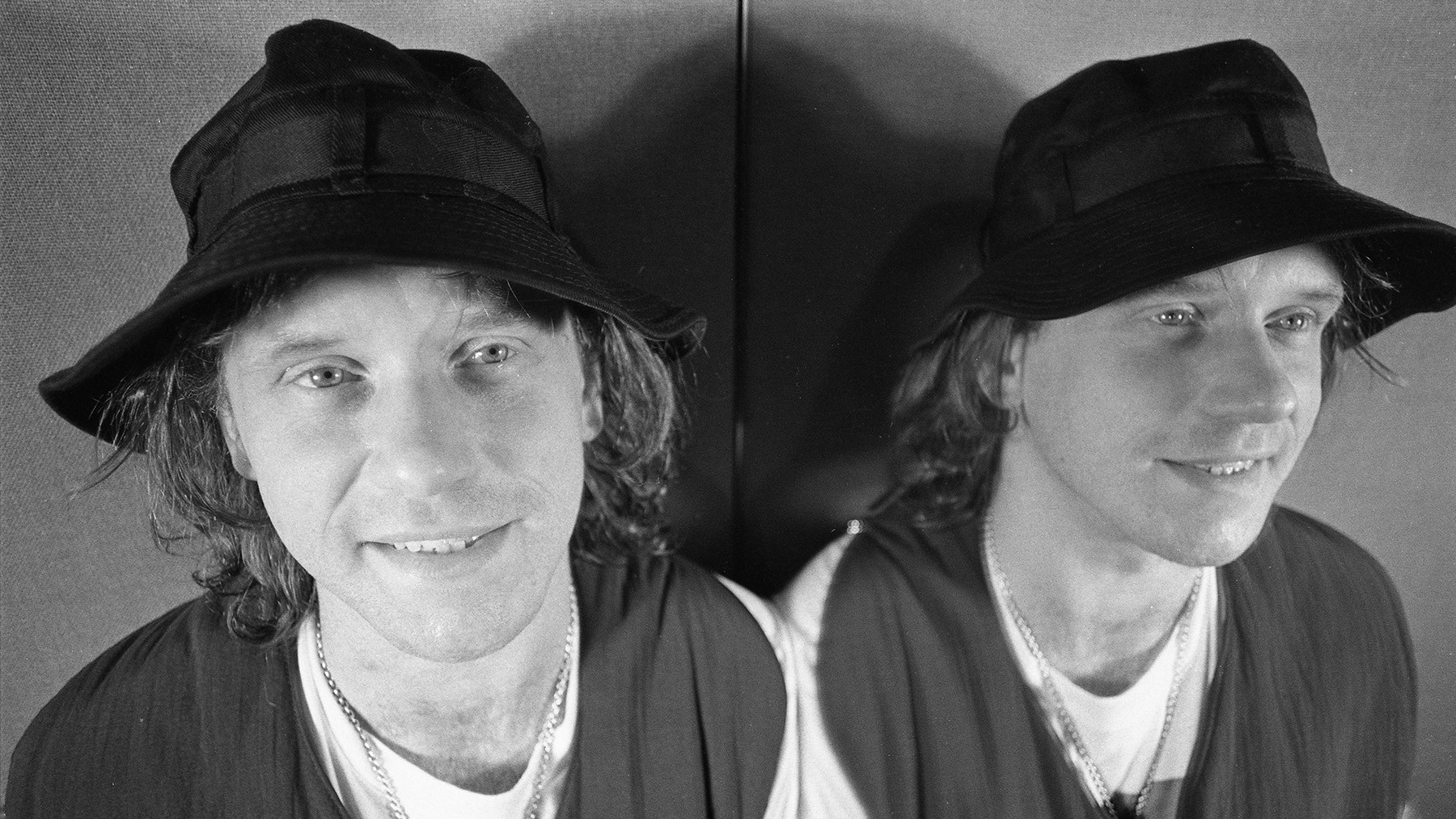 The Orb – Alex Paterson of The Orb, portrait, London, United Kingdom, 1991. (Photo by Martyn Goodacre/Getty Images)
The Orb – Alex Paterson of The Orb, portrait, London, United Kingdom, 1991. (Photo by Martyn Goodacre/Getty Images)
Image Credit: Getty Images
Alex Paterson of The Orb received a tape with a Rickie Lee Jones interview about Arizona skies and Steve Reich’s Electric Counterpoint. Combining them, he created “Little Fluffy Clouds,” a defining track of the acid-house era. Reich was pleased with the result, as it brought his music to a wider audience. “Little Fluffy Clouds” is a dreamy and iconic ambient house dancing song.
Polygon Window, ‘Quoth’ (1993)
Richard D. James, a.k.a. Aphex Twin, is often associated with less dance-oriented electronic music. However, in the early 90s, he produced rave anthems like “Quoth,” released as Polygon Window. It’s a percussion-heavy track that was particularly popular in the American Midwest rave scene. “Quoth” is a high-energy and percussive dancing song from an electronic music innovator.
Skream, ‘Midnight Request Line’ (2005)
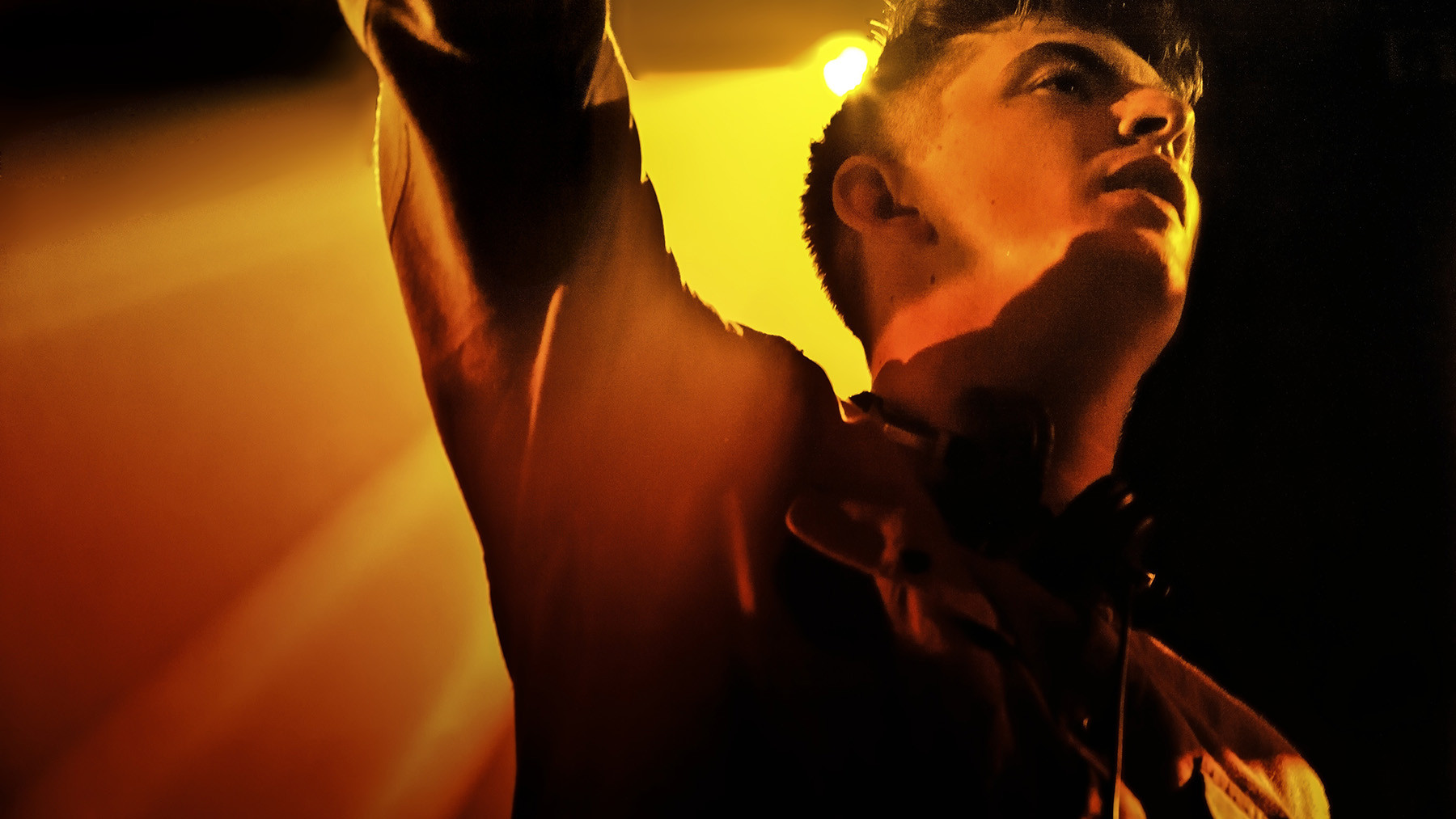 Skream. Fabric Nightclub, Farringdon, London. (Photo by: PYMCA/Universal Images Group via Getty Images)
Skream. Fabric Nightclub, Farringdon, London. (Photo by: PYMCA/Universal Images Group via Getty Images)
Image Credit: Universal Images Group via Getty
Shortly after releasing “Midnight Request Line,” London dubstep producer Skream discovered it was DJ Magazine‘s “Record of the Month.” The track, with its fluttering synth, gliding bass, and heavy claps, propelled Skream and dubstep into the mainstream. “Midnight Request Line” is a pivotal and influential dubstep dancing song.
Paul Johnson, ‘Feel My M.F. Bass’ (1994)
“Ghetto house” was house music’s raw, street-oriented counterpart. Paul Johnson, a Chicago producer, was a key figure in this style. His track, “Feel My M.F. Bass,” exemplifies ghetto house with its raw energy and bluntness. Featuring a cavernous kick drum and Johnson’s playful vocals, it’s a direct and impactful track. “Feel My M.F. Bass” is a raw and energetic ghetto house dancing song.
Ten City, ‘That’s the Way Love Is’ (1989)
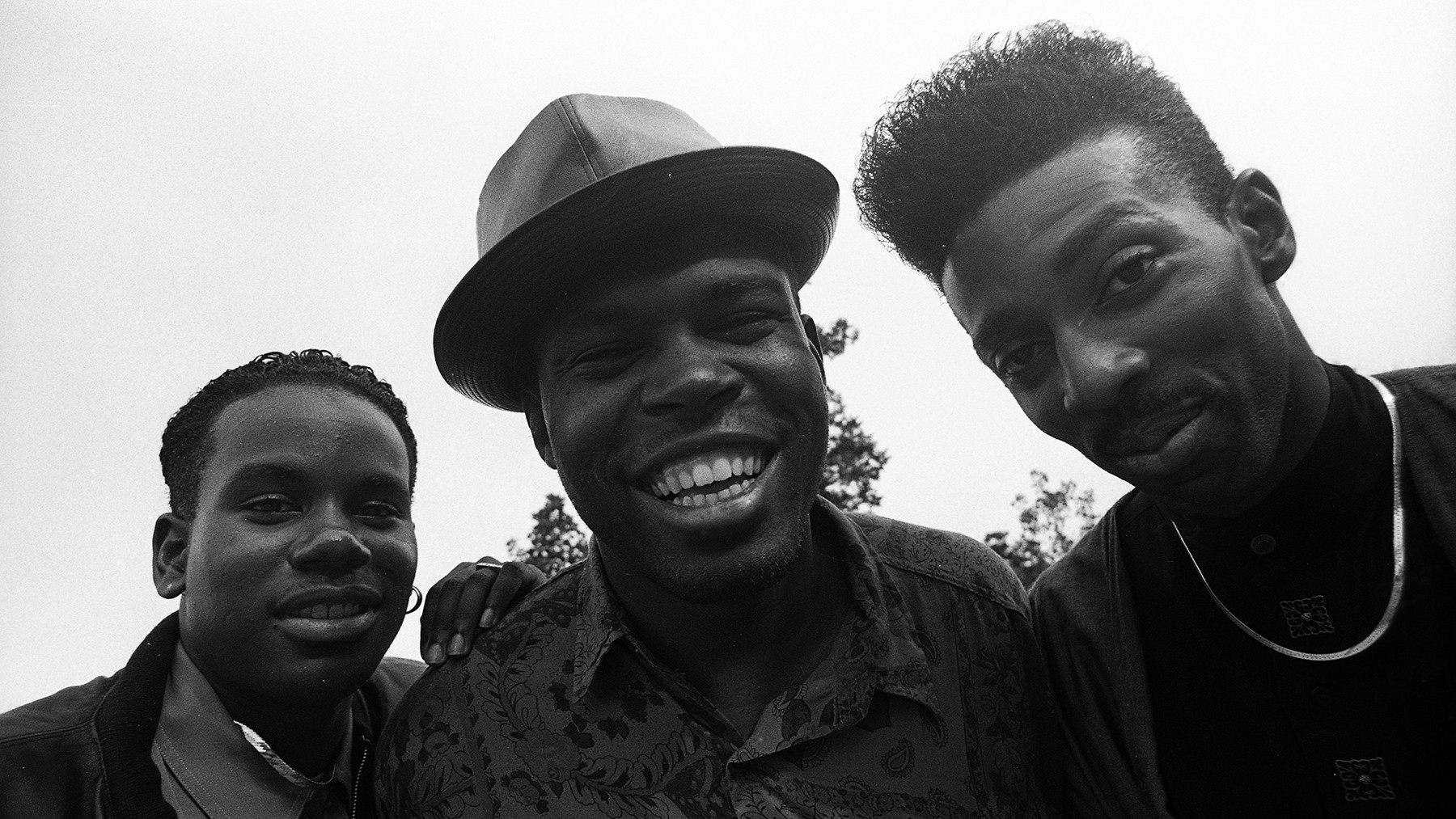 Ten City, group portrait, London, United Kingdom, 1990. Line up includes: Byron Stingily, Herb Lawson and Byron Burke (Photo by Martyn Goodacre/Getty Images)
Ten City, group portrait, London, United Kingdom, 1990. Line up includes: Byron Stingily, Herb Lawson and Byron Burke (Photo by Martyn Goodacre/Getty Images)
Image Credit: Getty Images
Marshall Jefferson, producer of Chicago house vocal trio Ten City, wanted to “expand the genre by writing proper songs while at the same time doing more abstract things.” “That’s the Way Love Is” embodies this, with Philly soul strings, lush love songs, and Byron Stingily’s falsetto. It reached the UK Top 10 and topped the Billboard dance chart. Jefferson noted its significance, saying, “people in South Africa have told us stories of how that song represents liberation for them.” “That’s the Way Love Is” is a soulful and uplifting dancing song with global resonance.
Nitzer Ebb, ‘Join in the Chant’ (1987)
Image Credit: Getty Images
Nitzer Ebb, an industrial groove unit from England, drew inspiration from disco and funk clubs in their area. “Join in the Chant,” their rousing anthem, became a techno crossover hit, particularly in Detroit. Techno artists like Carl Craig and Jeff Mills, who had roots in industrial music, embraced it. Richie Hawtin included it in his Decks, EFX & 909 mix CD, and Andrew Weatherall called listening to it “the closest I felt to God.” “Join in the Chant” is a powerful and industrial-tinged dancing song.
Bronski Beat, ‘Smalltown Boy’ (1984)
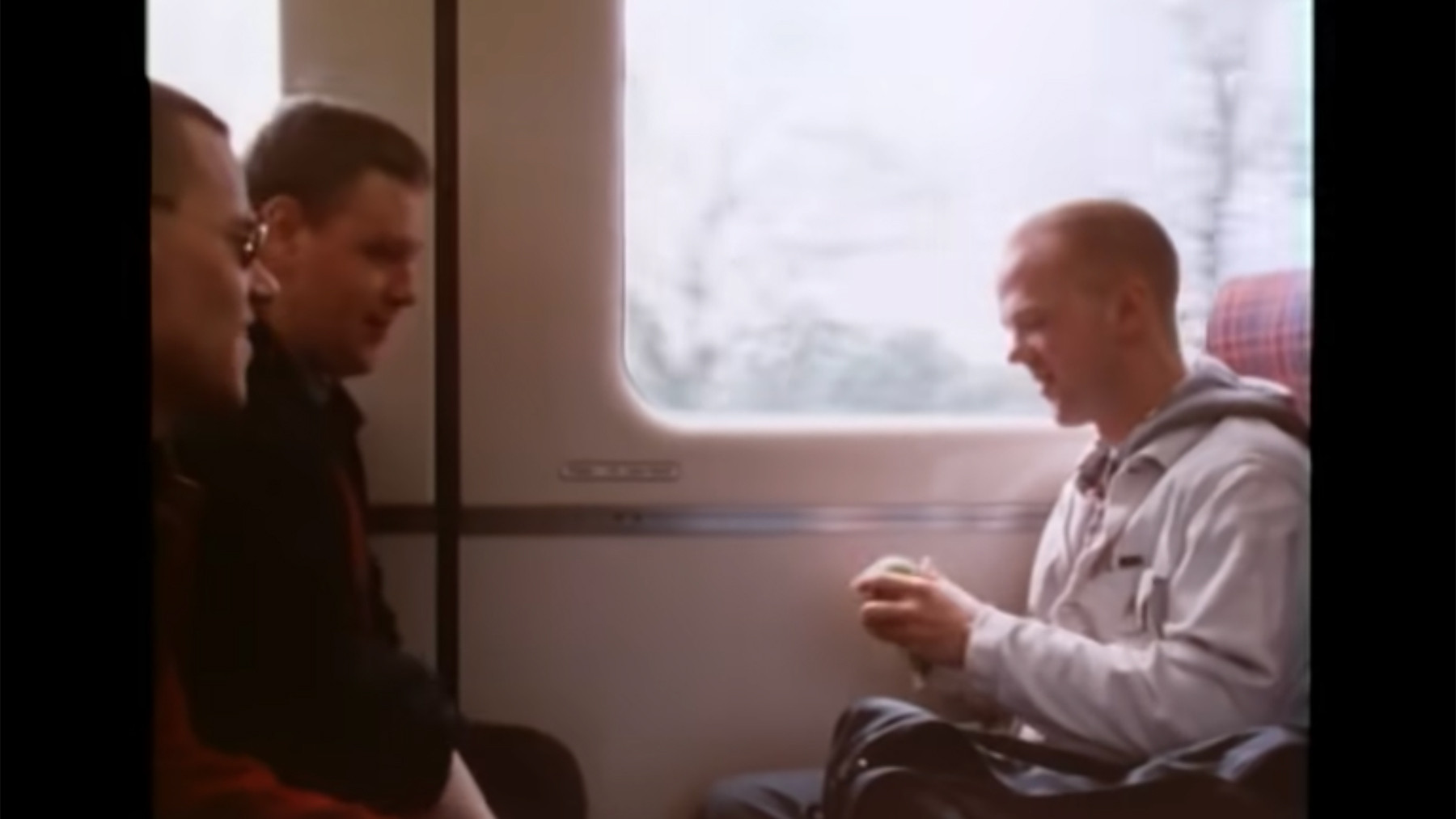 Bronski Beat
Bronski Beat
Bronski Beat’s Jimi Somerville joked that his vocal training was singing along to Donna Summer and Sylvester. “I wanted a lot more out of life than working in a paint factory and having to accept that being gay was a nighttime occupation only,” he said. “Smalltown Boy,” a poignant portrayal of alienation and escape, with its memorable vocal hook and synth melody, became a gay club anthem, hitting Number One on the Billboard club chart and the UK Top Three. “Smalltown Boy” is an emotionally resonant and iconic gay club dancing song.
LFO, ‘LFO (Leeds Warehouse Mix)’ (1990)
Image Credit: PYMCA/Universal Images Group/Getty Images
LFO were pioneers of Sheffield’s “bleep” scene, Warp Records’ early sound. Steve Beckett of Warp explained, “it had nothing to do with the bleeps for the people making it—for them it was all about the bass.” Their self-titled track, “LFO,” featured icy synths and bleeps, but the focus was the powerful bassline. “LFO (Leeds Warehouse Mix)” is a bass-heavy and influential bleep techno dancing song.
Drake, ‘Sticky’ (2022)
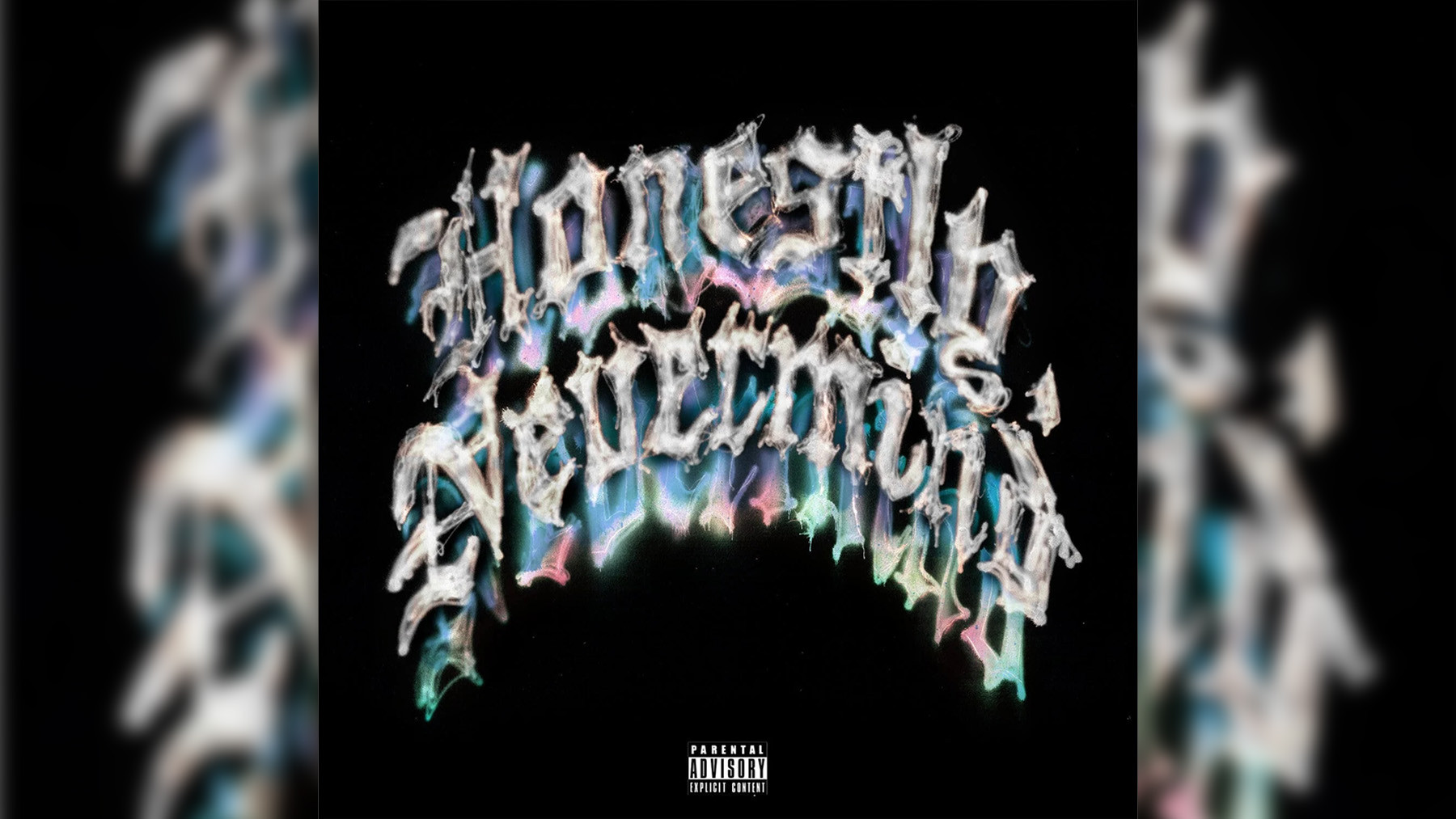 Drake Sticky
Drake Sticky
Drake’s dance music foray, Honestly, Nevermind, explores Jersey and Baltimore club music and deep house. “Sticky,” produced by Gordo and Ry X, is a highlight. Drake raps about personal topics against a backdrop of club-inspired beats. It’s an example of a mainstream artist embracing subcultures and finding a new sound. “Sticky” is a contemporary and genre-blending dancing song by a major artist.
Roland Clark, ‘I Get Deep (Shelter Mix)’ (2000)
Roland Clark’s love for house music began at Club Zanzibar in Newark, New Jersey. “I Get Deep” captures this passion. Over driving beats and a keyboard line, Clark delivers a monologue about the dance floor experience, “All the sweat just goes down my face/And I pretend that there’s nobody there but me in this place.” The a cappella version was sampled by Fatboy Slim. “I Get Deep (Shelter Mix)” is a passionate and immersive house dancing song.
Aly-Us, ‘Follow Me’ (1992)
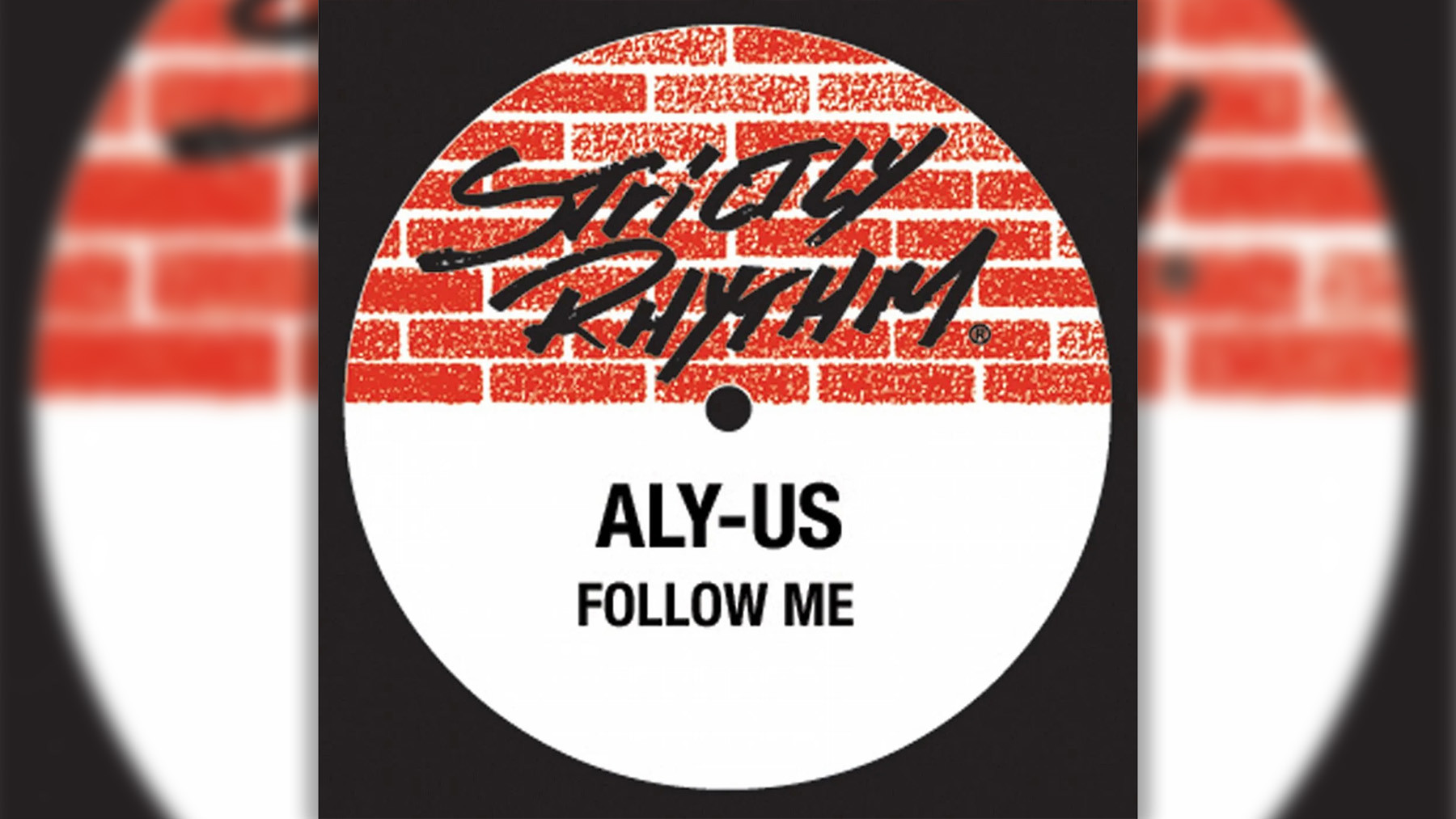 Aly-Us Follow Me
Aly-Us Follow Me
Early house music often had a raw, DIY quality, which was part of its appeal. Aly-Us’s “Follow Me” exemplifies this. A gospel-inspired track with a message of unity, recorded by a New Jersey trio in a basement on a four-track. Its lo-fi sound and vocal exchanges add to its urgency. “Follow Me” is an uplifting and raw early house dancing song.
George McCrae, ‘Rock Your Baby’ (1974)
Image Credit: Redferns
In the summer of 1974, two songs that originated in clubs topped the Billboard Hot 100: Hues Corporation’s “Rock the Boat” and George McCrae’s “Rock Your Baby.” These were early disco hits. The track for “Rock Your Baby” was created by Henry Wayne Casey, Richard Finch, and Jerome Smith. McCrae was added because he was present at TK Records. After the hit, Casey, Finch, and Smith formed KC and the Sunshine Band. “Rock Your Baby” is a smooth and foundational disco dancing song.
El General, ‘Perezosa’ (1995)
 El General
El General
Panamanian pioneer El General laid the groundwork for reggaeton in the 80s and 90s. He was also experimental and shaped club music more broadly. “Perezosa,” from his album Club 555, is a booming and empowering dance anthem with high-voltage electronic sounds, capturing the energy of Latin American parties. “Perezosa” is an energetic and pioneering Latin dance song.
Tom and Jerry, ‘Maximum Style’ (1994)
Image Credit: Naki/Redferns/Getty Images
4Hero (Marc Mac and Dego MacFarlane) are drum and bass stalwarts. Tom and Jerry was one of their aliases, credited with “Maximum Style.” Released during jungle’s UK rise, it’s a smooth stepper with a playful guitar melody and cartoon effects, balancing playfulness with a serious groove. “Maximum Style” is a playful yet serious jungle dancing song.
LCD Soundsystem, ‘Losing My Edge’ (2002)
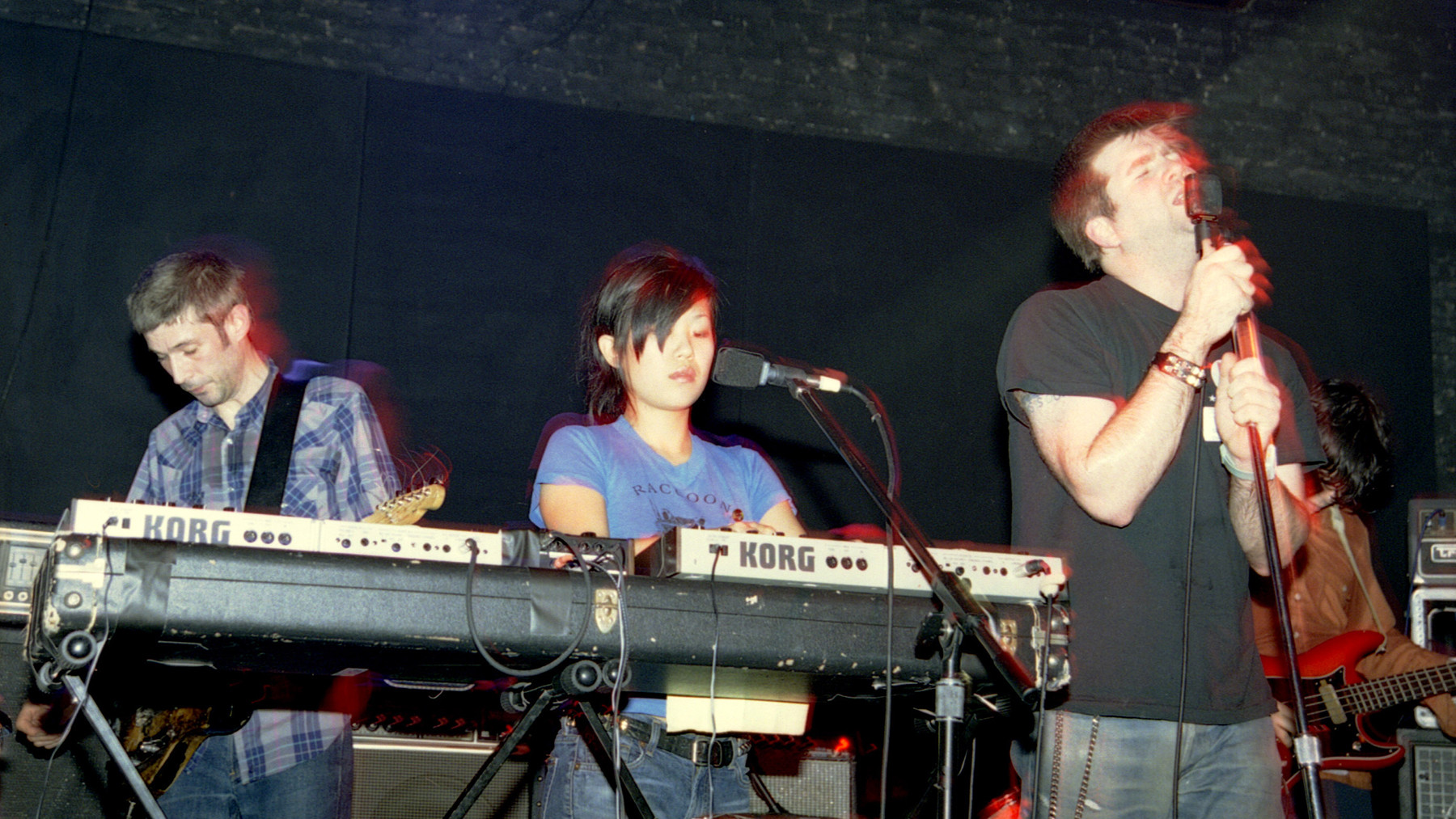 LCD Sound System – UNITED STATES – DECEMBER 14: BOWERY BALLROOM Photo of LCD SOUNDSYSTEM, LCD Soundsystem performing at Bowery Ballroom NYC on December 14 2002 (Photo by David Corio/Redferns)
LCD Sound System – UNITED STATES – DECEMBER 14: BOWERY BALLROOM Photo of LCD SOUNDSYSTEM, LCD Soundsystem performing at Bowery Ballroom NYC on December 14 2002 (Photo by David Corio/Redferns)
Image Credit: Redferns
LCD Soundsystem’s debut single, “Losing My Edge,” is both a dance track and a comedic commentary on hipster culture. James Murphy portrays an aging hipster grappling with relevance. The track is both funny and danceable, capturing a universal feeling of FOMO. “Losing My Edge” is a witty and danceable commentary on hipster culture.
Shakira, ‘Ojos Asi (Thunder Mix)’ (1999)
Image Credit: ASSOCIATED PRESS
Pablo Flores, a key figure in Latin pop, worked with Emilio Estefan and artists like Gloria Estefan and Ricky Martin. He and Javier Garza helped Shakira create “Ojos Asi,” a song blending her Lebanese roots with global Latin music sounds. Flores’ extended remix further enhanced its dance floor appeal. “Ojos Asi (Thunder Mix)” is a global and boundary-pushing Latin dancing song.
Squarepusher, ‘My Red Hot Car’ (2001)
 Squarepusher – NOTTINGHAM, UNITED KINGDOM – MARCH 29: (EXCLUSIVE ACCESS) Squarepusher performs a one off show on stage at Rescue Rooms on March 29, 2013 in Nottingham, England. (Photo by Ollie Millington/Redferns via Getty Images)
Squarepusher – NOTTINGHAM, UNITED KINGDOM – MARCH 29: (EXCLUSIVE ACCESS) Squarepusher performs a one off show on stage at Rescue Rooms on March 29, 2013 in Nottingham, England. (Photo by Ollie Millington/Redferns via Getty Images)
Image Credit: Redferns via Getty Images
Squarepusher (Tom Jenkinson) twisted drum and bass into complex, less danceable forms in the mid-90s. He then aimed for a more spontaneous approach. “My Red Hot Car,” with cut-up vocals and glitchy production, balances abstraction with a compelling groove, featuring Jenkinson’s energetic bassline. “My Red Hot Car” is an adventurous and complex dancing song for discerning DJs.
Moloko, ‘Sing It Back (Boris Musical Mix)’ (1997)
Image Credit: Getty Images
Moloko’s “Sing It Back,” with Róisín Murphy’s distinctive vocals, was initially a downtempo track. Boris Dlugosch’s remix transformed it into a crisp house track, with a Chic-inspired rhythm guitar and playful bassline. The remix became a UK Top Five hit and launched Murphy’s solo career. “Sing It Back (Boris Musical Mix)” is a transformative remix that became a defining dancing song.
The Human League, ‘Don’t You Want Me’ (1981)
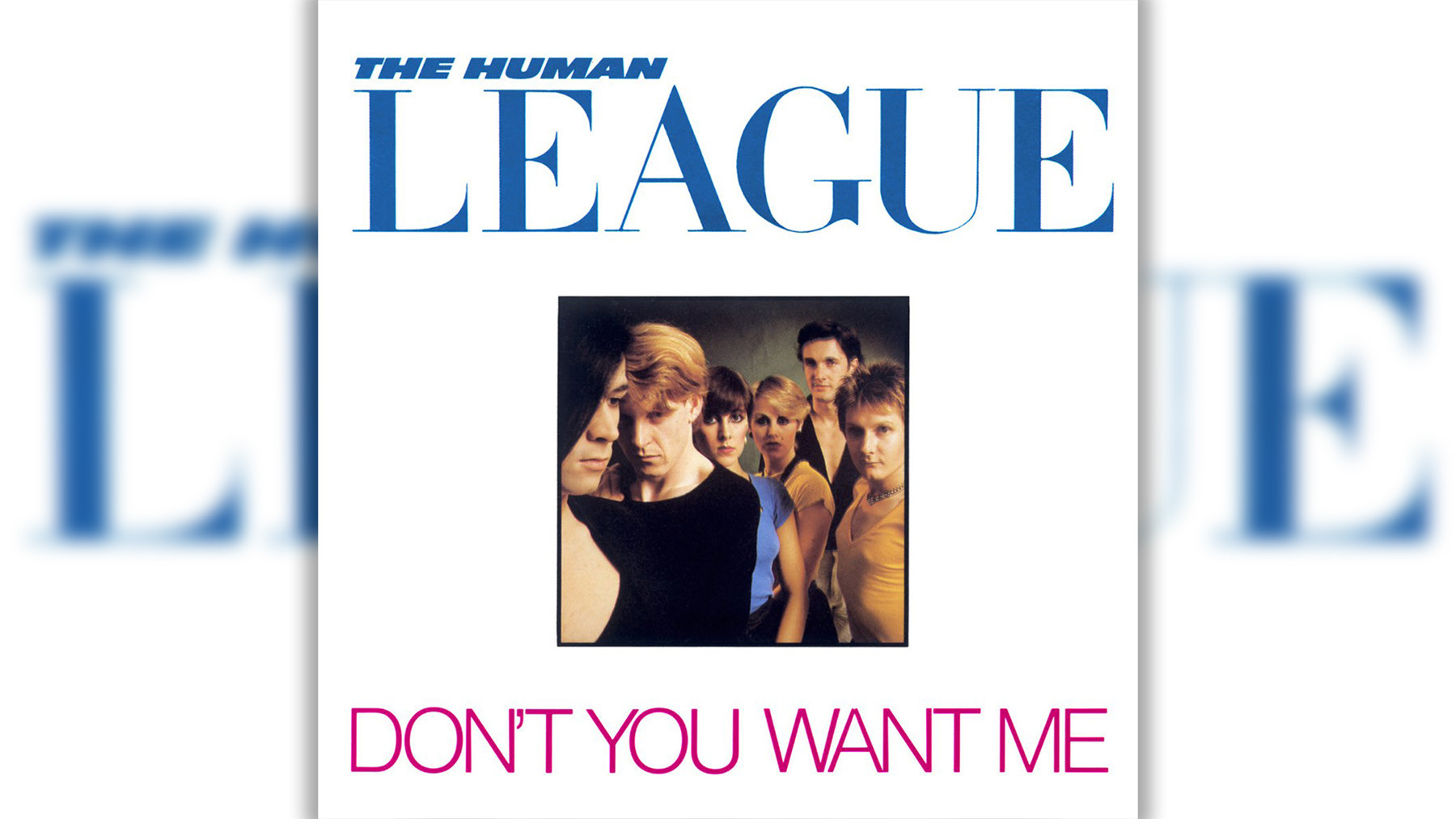 The Human League Don
The Human League Don
Human League keyboardist Jo Callis described “Don’t You Want Me” as inspired by A Star Is Born and My Fair Lady, a story of transformation and fame. Despite initial doubts, its structure and catchy riff proved highly successful. It became the group’s first Number One hit in both the UK and US, and a Top Three hit on the Billboard Dance Club chart, merging synth-pop, club music, and mainstream pop. “Don’t You Want Me” is a key synth-pop dancing song that crossed over to mainstream success.
These dancing songs represent a diverse and evolving history of music that moves us, both physically and emotionally. From disco’s beginnings to modern electronic explorations, dance music continues to innovate and inspire.

